Medicine Made Simple
Medicine Made Simple is a podcast dedicated to summarizing the best medical books in a clear and easy-to-understand format.Each episode breaks down complex chapters, key concepts, and essential insights from trusted medical literature—saving you time while keeping you informed.
First Aid for the Obstetrics & Gynecology Clerkship
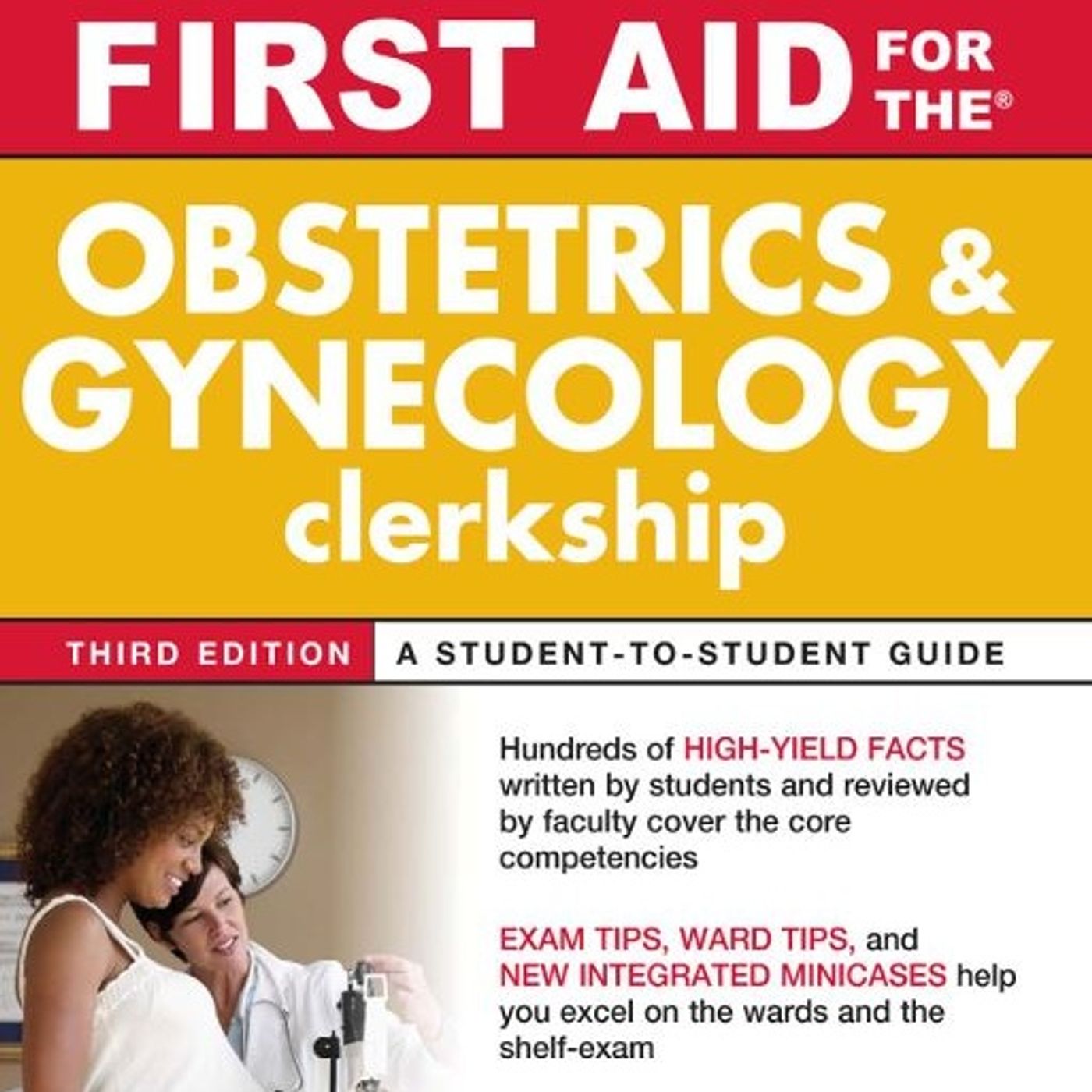
A detailed medical guide intended for students undertaking the Obstetrics and Gynecology clerkship and USMLE Step 2 exam preparation. It provides extensive clinical information covering the full spectrum of the specialty, ranging from reproductive anatomy, conception, and the physiological changes of pregnancy to specialized areas like twin gestations and isoimmunization. Major clinical sections offer guidance on the diagnosis and management of serious issues, including various gynecologic cancers, infertility evaluations, infectious diseases, and abnormal uterine bleeding. Beyond disease specifics, the manual contains practical advice on managing the hospital rotation, communicating with staff, and structured methods for presenting patient information. The opening...
Physiology
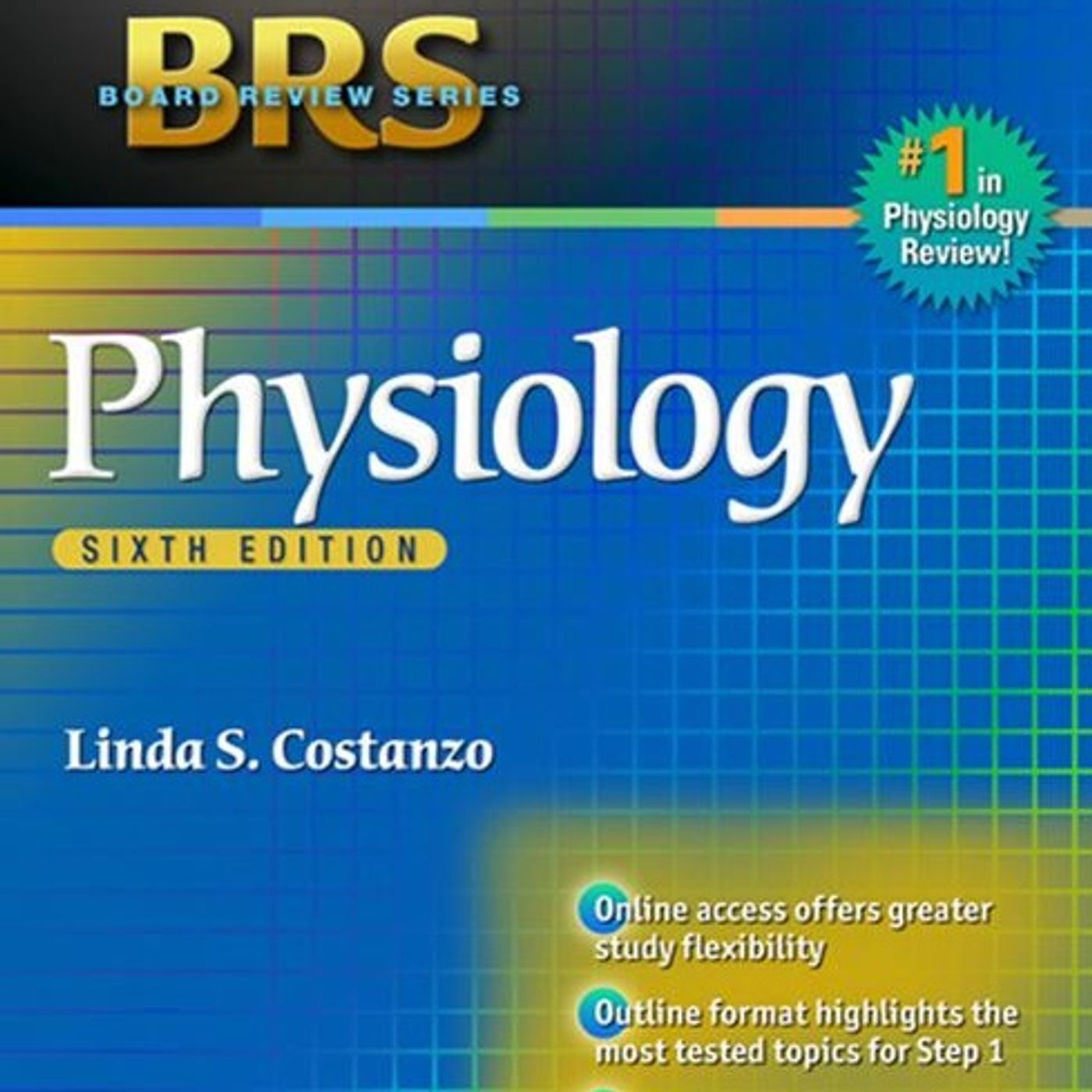
A comprehensive medical review book explicitly designed to assist students preparing for the USMLE Step 1 licensure examination. The material is systematically organized by organ system, starting with foundational cellular physiology, membrane transport, and bioelectricity. Subsequent chapters cover major regulatory systems, offering detailed explanations of neurophysiology, including the autonomic nervous system and sensory pathways, as well as cardiovascular function, detailing the cardiac cycle and systemic blood pressure control mechanisms. The review also includes exhaustive sections on the renal system and acid-base balance, focusing on urine concentration, fluid compartment shifts, and complex electrolyte regulation. Finally, key principles of gastrointestinal and endocrine...
ENT: An Introduction and Practical Guide

A comprehensive resource for novice practitioners and general medicine students. The material covers fundamental clinical anatomy of the ear, nose, and throat, detailing structures, functions, and relevant systems like audiology and radiology. Furthermore, the source provides detailed descriptions of common ENT pathologies, including infections, trauma, and hearing loss disorders, along with their diagnosis and management. Finally, a significant portion is dedicated to surgical procedures like tonsillectomy, septoplasty, tympanoplasty, and tracheostomy, outlining indications, operative steps, and potential complications for training purposes.
Produced by:
https://www.podcaistudio.com/
ENT Medicine and Surgery
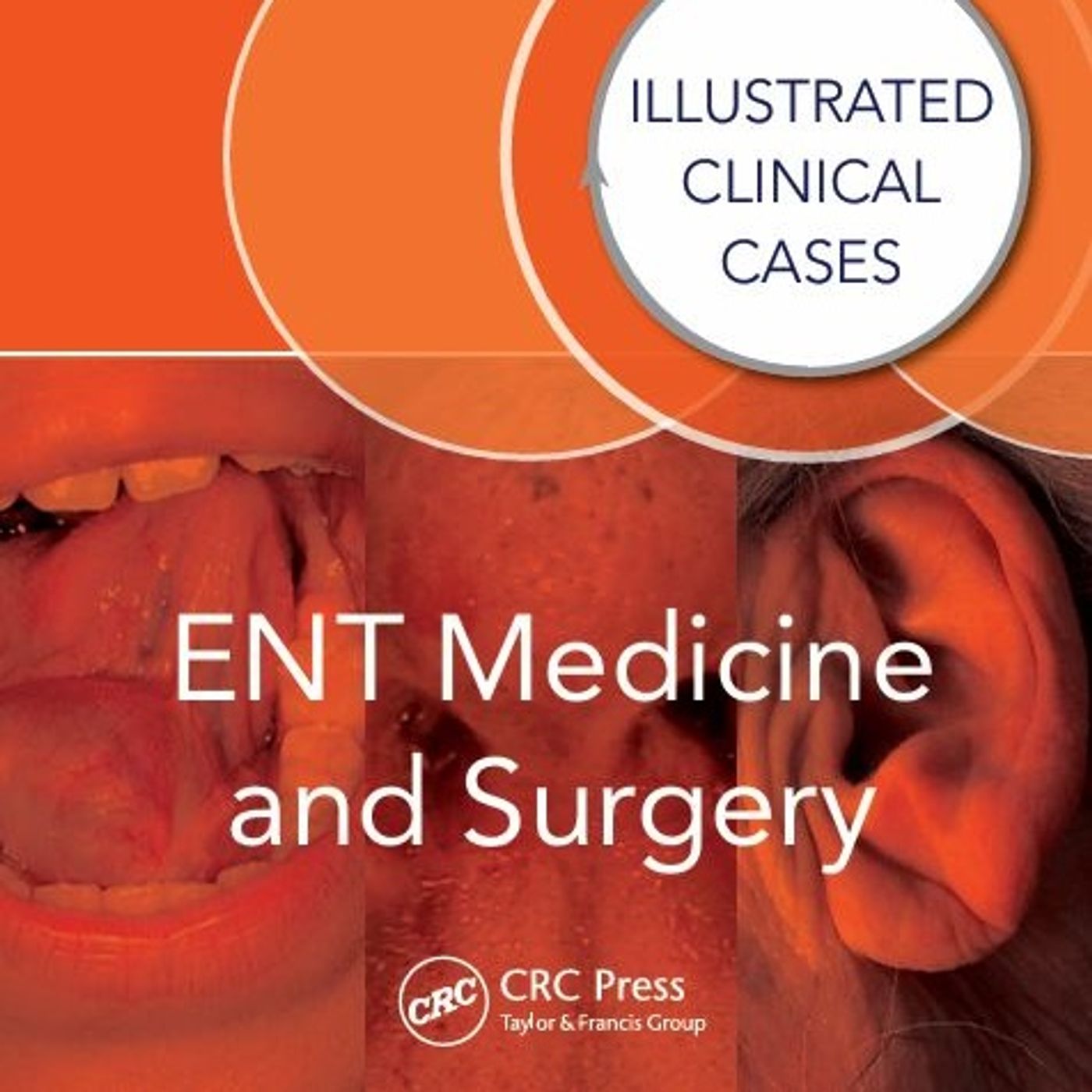
Focuses on illustrated clinical cases in otolaryngology. This resource, published by CRC Press Taylor & Francis Group, is intended for clinicians to enhance their diagnostic and management skills across the field. The content is structured into distinct sections, including Head and Neck, Laryngology, Otology and Skull Base, Rhinology and Facial Plastics, and Paediatrics, presenting clinical questions and detailed answers for various conditions and procedures. Cases cover topics ranging from cancer management and neck dissection to hearing loss (like otosclerosis) and airway procedures (such as tracheostomy and laryngoscopy), often incorporating diagnostic imaging and surgical techniques. Ultimately, the book serves as a...
Diseases of Ear, Nose and Throat

A comprehensive medical text focused on the anatomy, physiology, and pathology of the ear, nose, and throat (ENT) and related head and neck structures. It provides detailed overviews of ear disorders, including the tympanic membrane, Eustachian tube function, and middle ear infections, alongside extensive discussions on hearing loss, audiometry, and balance disorders like vertigo. Furthermore, the text thoroughly examines the pharynx, larynx, and esophagus, covering infectious conditions like pharyngitis, adenotonsillar disease, and malignancies, as well as providing classifications for diagnostic testing, surgical approaches, and antimicrobial therapies pertinent to ENT practice.
Produced by:
...
Diabetes Care
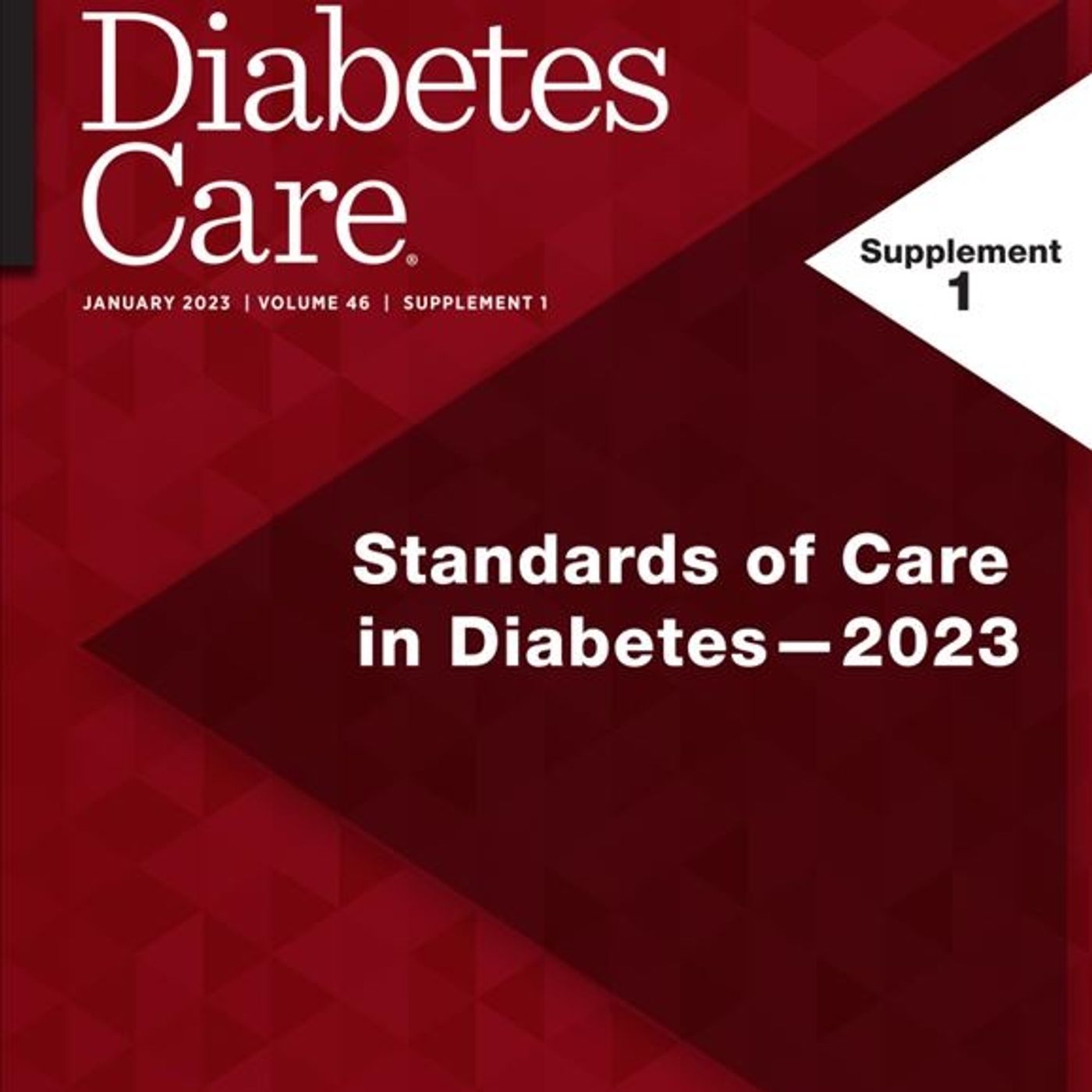
Covers a wide array of topics, including screening, diagnosis, and management of the disease and its associated comorbidities, such as cardiovascular and chronic kidney disease. Specific attention is given to pharmacologic and lifestyle interventions, weight management, and the appropriate use of diabetes technology like continuous glucose monitors and insulin delivery systems. Furthermore, the text emphasizes a person-centered, multidisciplinary team approach to care, highlighting the crucial impact of psychosocial factors and social determinants of health like food insecurity.
Produced by:
https://www.podcaistudio.com/
Jekel’s Epidemiology, Biostatistics, Preventive Medicine, and Public Health
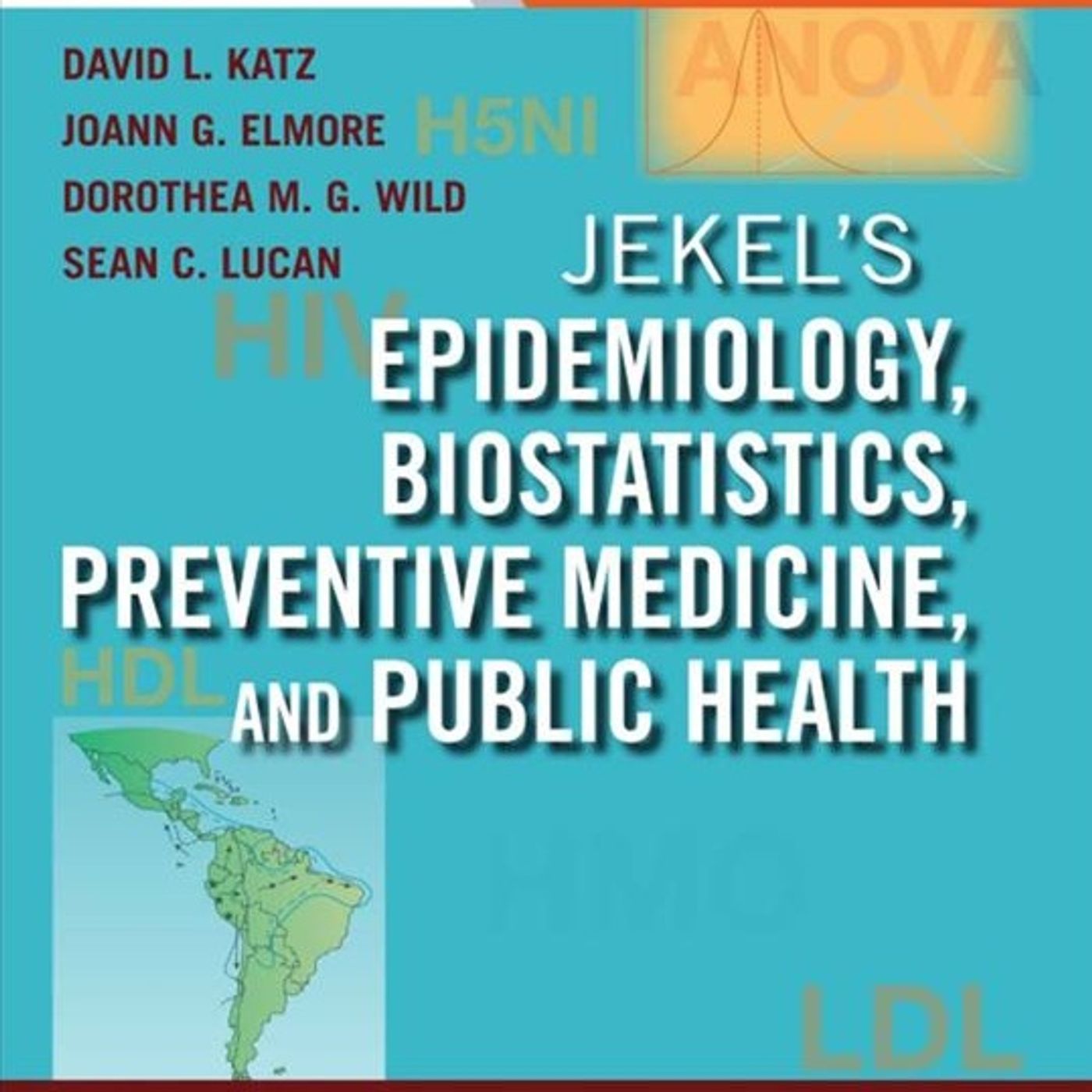
A comprehensive overview of epidemiology and public health, detailing the multifactorial causes of disease, which include biologic, behavioral, environmental, and social factors encapsulated by the BEINGS acronym. Significant emphasis is placed on disease prevention strategies across primary, secondary, and tertiary levels, alongside methods for controlling both infectious outbreaks and chronic conditions like cardiovascular disease and mental health disorders. The text also thoroughly explores biostatistics and research methodology, discussing key concepts such as disease rates, risk measurement (relative risk, attributable risk), diagnostic test evaluation (sensitivity, specificity, predictive values), and the application of various statistical tests for data analysis. Finally, the...
ENT and Head and Neck Procedures: An Operative Guide
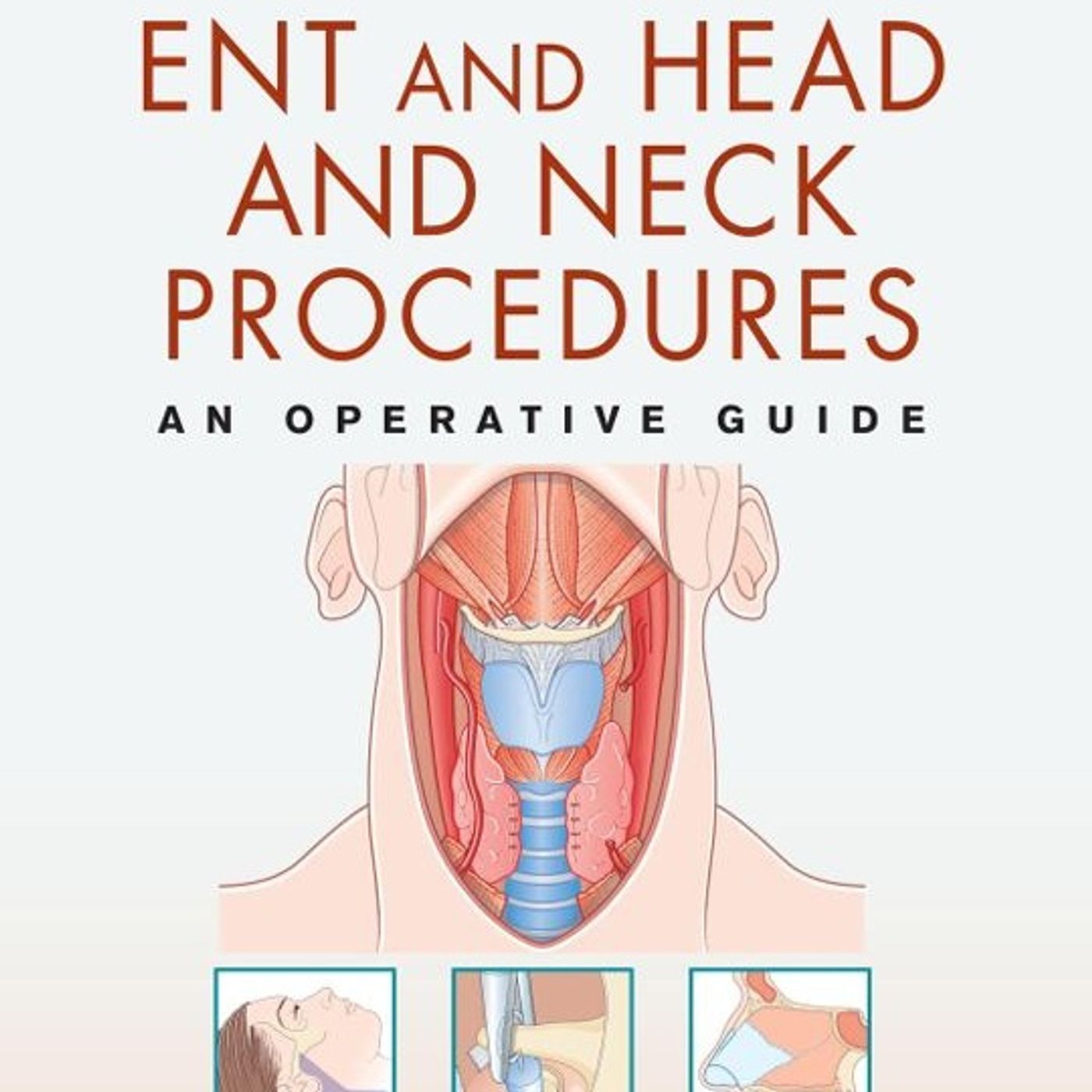
Offering a clear, step-by-step overview of numerous Otolaryngology, Head and Neck, and Facial Plastics procedures aimed primarily at junior trainees. Authored by a team of consultants and specialists, the book details surgical techniques for various conditions, including ear surgeries (such as grommet insertion and myringoplasty), nasal and sinus procedures (like septoplasty, functional endoscopic sinus surgery, and artery ligations), and complex head and neck operations (including total laryngectomy, neck dissection, and parotidectomy). The excerpts feature detailed surgical steps, anatomical context, numerous diagrams, and important "Surgeon's tip" advice for enhancing surgical success and avoiding common pitfalls.
Produced...
Atlas of Oncology Imaging

A detailed medical resource focused on various female reproductive system cancers. The chapters systematically cover cancers of the ovaries, endometrium (uterus), cervix, vagina, and vulva, offering information on anatomy, histology, staging using the FIGO system, and treatment approaches. A significant portion of the material explains the role of imaging techniques—including Ultrasound, CT, MRI, and PET-CT—in diagnosing, characterizing benign and malignant masses, staging, and monitoring recurrence for these gynecologic malignancies. Finally, one chapter specifically outlines image-guided interventional procedures, such as biopsies and aspirations, discussing the indications and techniques for each modality.
Produced by:
DC Dutta’s Textbook of Gynecology: Including Contraception

A comprehensive resource for students, residents, and clinicians, aiming to provide updated and clinically relevant knowledge. The material spans female anatomy, physiology (menopause, puberty, hormonal cycles), and various gynecological pathologies, including infections (PID, STIs), benign and malignant tumors (fibroids, ovarian cysts, carcinoma cervix), and conditions like endometriosis and amenorrhea. The book also discusses diagnostic and therapeutic procedures, such as surgical techniques (hysterectomy, laparoscopy), imaging (ultrasound, MRI), chemotherapy, radiotherapy, and methods of contraception and infertility management (IVF, IUDs, hormonal therapy).
Produced by:
https://www.podcaistudio.com/
Clinical Methods in ENT

A detailed medical resource for students and residents focusing on otolaryngology. The content primarily outlines systematic procedures for patient examination—covering the ear, nose, throat (oral cavity, oropharynx, larynx, and laryngopharynx), and neck—with specific chapters dedicated to history taking, physical examination techniques, and related symptoms and diseases. It provides clinical guidance on inspecting and palpating various anatomical structures, analyzing complaints like hearing loss and nasal obstruction, and details common conditions such as otitis media, tonsillitis, sinusitis, and laryngeal malignancy, complete with diagnostic methods like tuning fork tests and radiology. Additionally, the book includes a section on the examination of c...
Clinical Chemistry: Quality in Laboratory Diagnosis
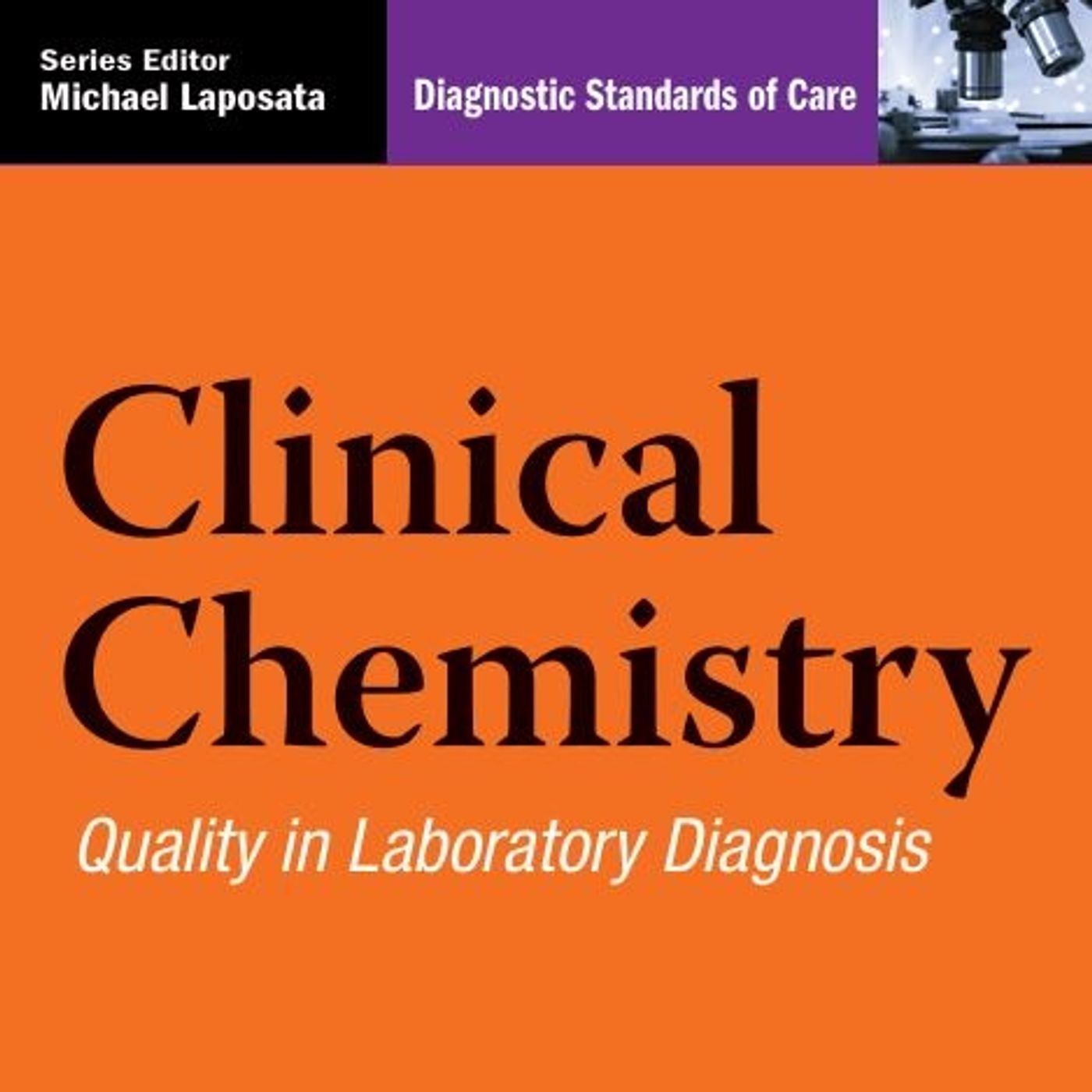
Focuses comprehensively on the importance of quality and safety in laboratory diagnosis by detailing numerous potential sources of error. The content is organized around the preanalytical, analytical, and postanalytical phases of testing, illustrating common mistakes with real-world case examples in areas like specimen collection and handling, point-of-care testing (POCT), toxicology, and the use of laboratory information systems (LIS). A central theme is the necessity of strict adherence to protocols and regulatory standards, such as CLIA and HIPAA, to ensure the accuracy of test results and, critically, to protect patient safety from errors like mislabeling, improper specimen storage, or incorrect...
An Atlas of Gynecologic Oncology: Investigation and Surgery

A comprehensive overview of the surgical and medical management of gynecologic malignancies. The text covers topics such as the roles of various medical professionals contributing to the atlas, detailed surgical anatomy of the abdomen and pelvis, and diagnostic imaging techniques like CT, MRI, and PET-CT for cancer staging. A significant portion of the material is dedicated to surgical procedures, including total mesometrial resection (TMMR), hysterectomy, and vaginectomy, with discussion of both open and minimally invasive, robotic approaches. Furthermore, the sources address pre- and post-operative complications (like venous thromboembolism and bowel issues), tumor markers in ovarian cancer, fertility preservation options...
Anatomy & Physiology Laboratory Manual
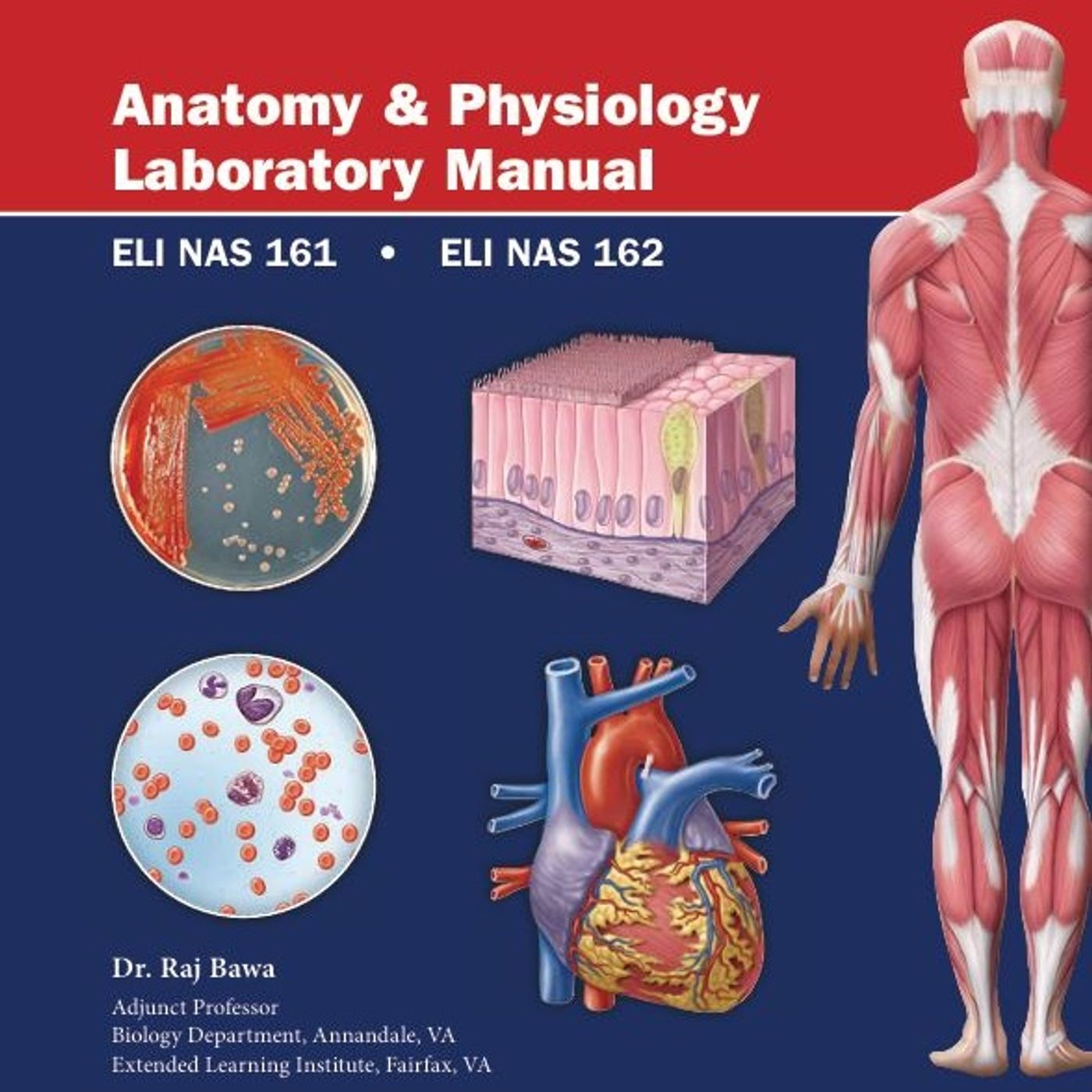
Content ranges across multiple scientific disciplines, including detailed histology micrographs and anatomical descriptions of tissues (like liver, muscle, and epithelia) and organs (such as the heart and bones). Furthermore, the sources cover essential laboratory techniques and principles, such as preparing bacterial smears and performing stains (like the Gram stain), measuring respiratory volumes using a spirometer based on Boyle’s law, conducting biochemical identification tests (like Benedict’s and Enterotube II), and explaining fundamental concepts in gas partial pressures and data graphing. The material is instructional, offering practical procedure guides and safety warnings relevant to clinical and laboratory settings.
Netter's Orthopaedic Clinical Examination: An Evidence-Based Approach by Cleland

Focusing on musculoskeletal assessment and clinical practice. It includes notices regarding constantly changing best practices, emphasizing the need for practitioners to rely on their own knowledge and the latest information, particularly concerning medication. The bulk of the content consists of detailed anatomical diagrams and tables illustrating the muscles, ligaments, and osteology of various regions, including the head, neck, spine, hip, knee, ankle, and upper extremities. Crucially, the text presents extensive evidence-based data in the form of tables that report the reliability and diagnostic utility of numerous clinical tests, utilizing statistics such as sensitivity, specificity, Likelihood Ratios (LRs), and Intraclass...
Manual of Surgical Pathology

An extensive excerpt from a manual of surgical pathology, offering detailed procedural and diagnostic guidance for handling a vast array of surgical specimens. It covers essential topics like specimen processing, including fixation, gross examination, photography, and the handling of sharps and biohazards, while also providing context on the need for updated manuals due to rapidly expanding medical knowledge. The manual provides specific protocols and checklists for various organ systems and tumor types, such as breast, gastrointestinal, gynecologic, and head and neck, along with comprehensive information on immunohistochemistry markers, cytogenetics, and the evaluation of infectious diseases. Furthermore, it addresses crucial...
NMDA Receptor Protocols (Methods in Molecular Biology)
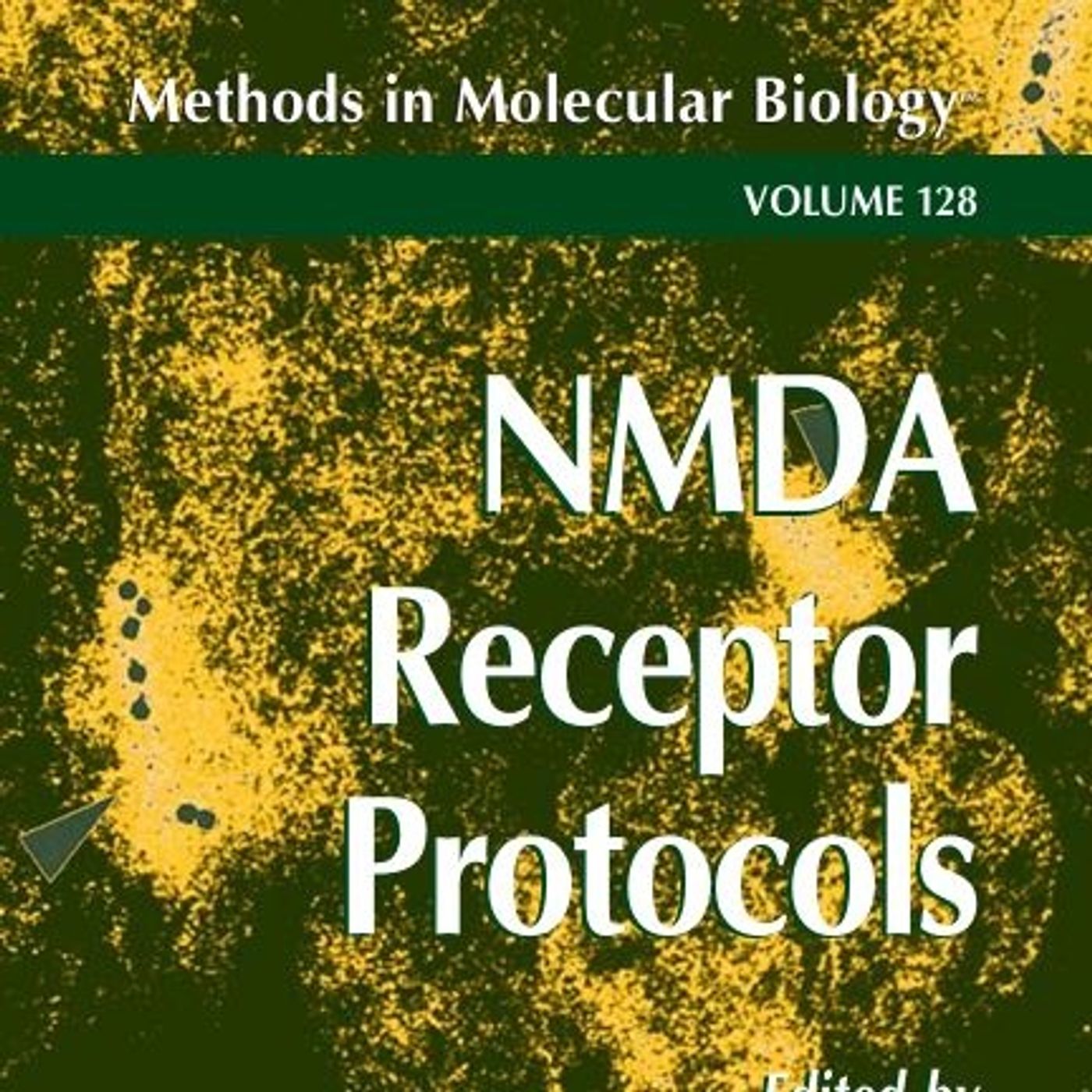
Detailed laboratory protocols and methodological descriptions focused heavily on studying the NMDA receptor, a type of ligand-gated ion channel. Several articles describe the preparation and analysis of the receptor using cellular expression systems, including Xenopus oocytes, HEK 293 cells, and CHO cells, for both functional and biochemical characterization. Additionally, extensive procedures are outlined for electrophysiology techniques, such as two-electrode voltage-clamp and patch-clamp, as well as ligand-binding assays utilizing radiolabeled probes like $\text{[}^{125}\text{I]}-\text{MK-801}$. The sources also cover advanced methods like immunocytochemistry, viral vector expression systems (baculovirus and herpesvirus), and the in vitro selection of peptide ligands...
STEP-UP to USMLE Step 2 CK
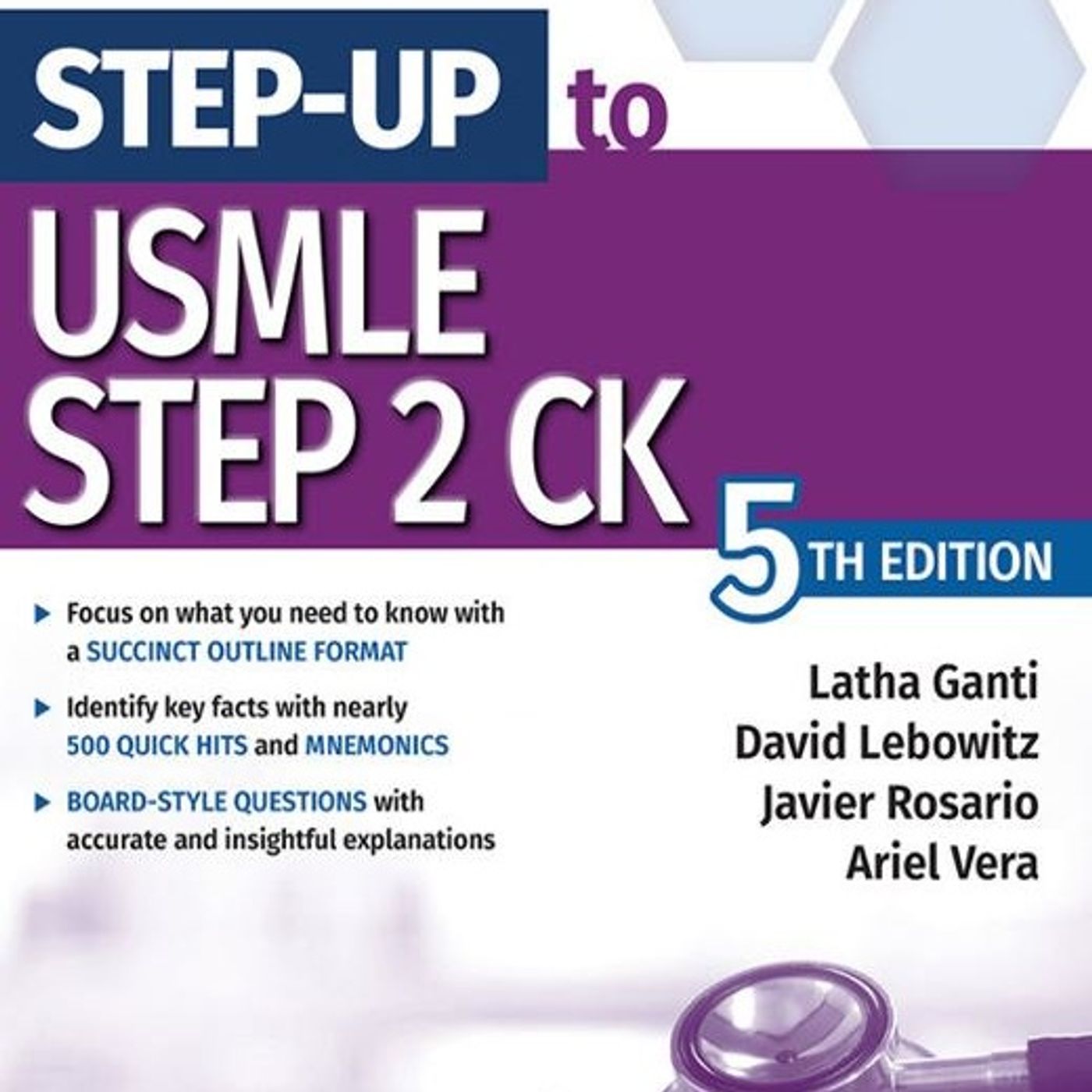
Designed as a high-yield study guide to help medical students prepare for their board examinations by consolidating essential information across a vast range of clinical specialties. The material is presented in a consistent format, defining numerous diseases and detailing their history and physical findings (H/P), diagnostic procedures, treatments, and potential complications. Chapters span medical disciplines from Cardiovascular and Pulmonary Disorders to Pediatrics and Biostatistics/Ethics, often including fast facts in "Quick HIT" sections and challenging review questions to test comprehension. This comprehensive organization facilitates the rapid assimilation of core knowledge necessary for passing a major medical licensing examination.<...
Fetal Electrocardiography
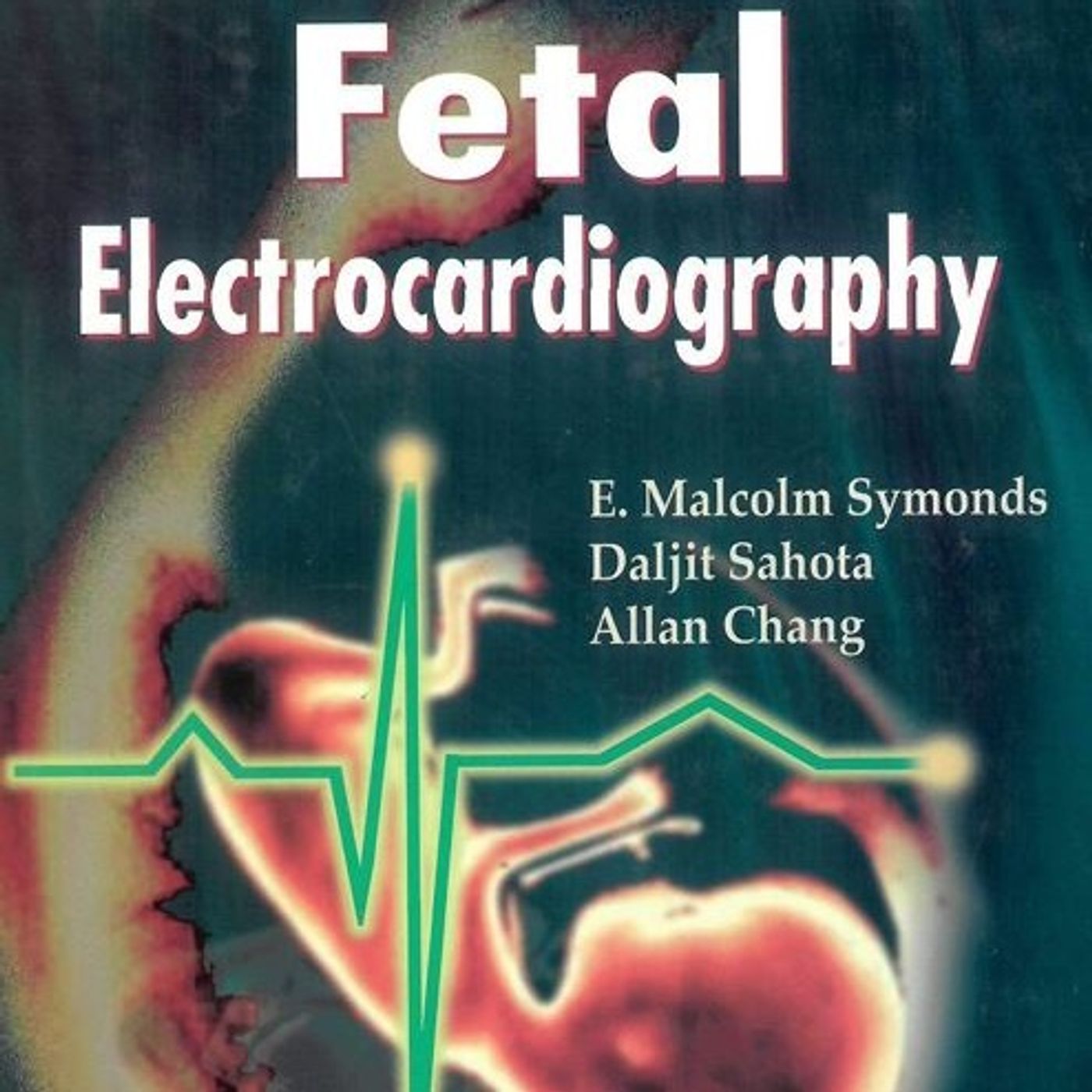
Offers an extensive overview of methods and interpretation related to monitoring fetal cardiac health. A significant focus is placed on analyzing the fetal electrocardiogram (FECG) waveform, including technical aspects of signal acquisition via various electrodes and computerized systems for filtering and enhancement, such as time-coherent enhanced averaging. The discussion explores the physiological responses of the fetus to hypoxia and asphyxia, detailing the resulting metabolic changes and their observable effects on fetal heart rate (FHR) variability, accelerations, and decelerations. Furthermore, the source examines the clinical and statistical validation of predictive tests for fetal distress, employing concepts like sensitivity, specificity, and...
Selective Estrogen Receptor Modulators: Research and Clinical Applications
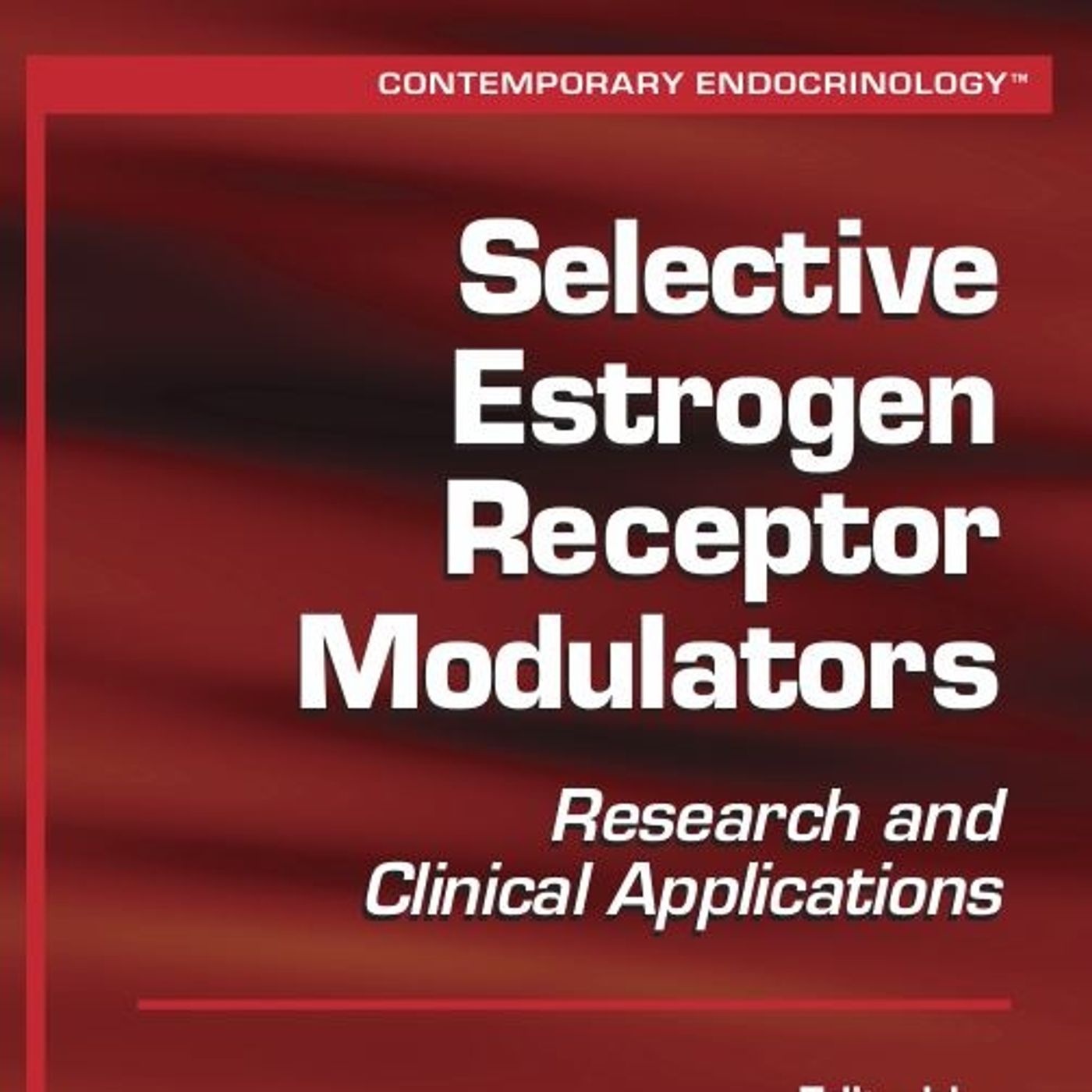
A comprehensive overview of Selective Estrogen Receptor Modulators (SERMs) and the biology of estrogen receptors (ERs), focusing heavily on endocrinology and clinical applications. The content discusses the molecular mechanisms of ERs, including the alpha (ER$\alpha$) and beta (ER$\beta$) subtypes, their roles in various tissues like the uterus, breast, and central nervous system (CNS), and their interaction with coregulatory proteins and signaling pathways. A major focus is the therapeutic use of SERMs, such as tamoxifen and raloxifene, in treating and preventing conditions like breast cancer, osteoporosis, and cardiovascular disease, while also addressing their differing tissue-specific effects and associated...
Nelson’s Pediatric Antimicrobial Therapy
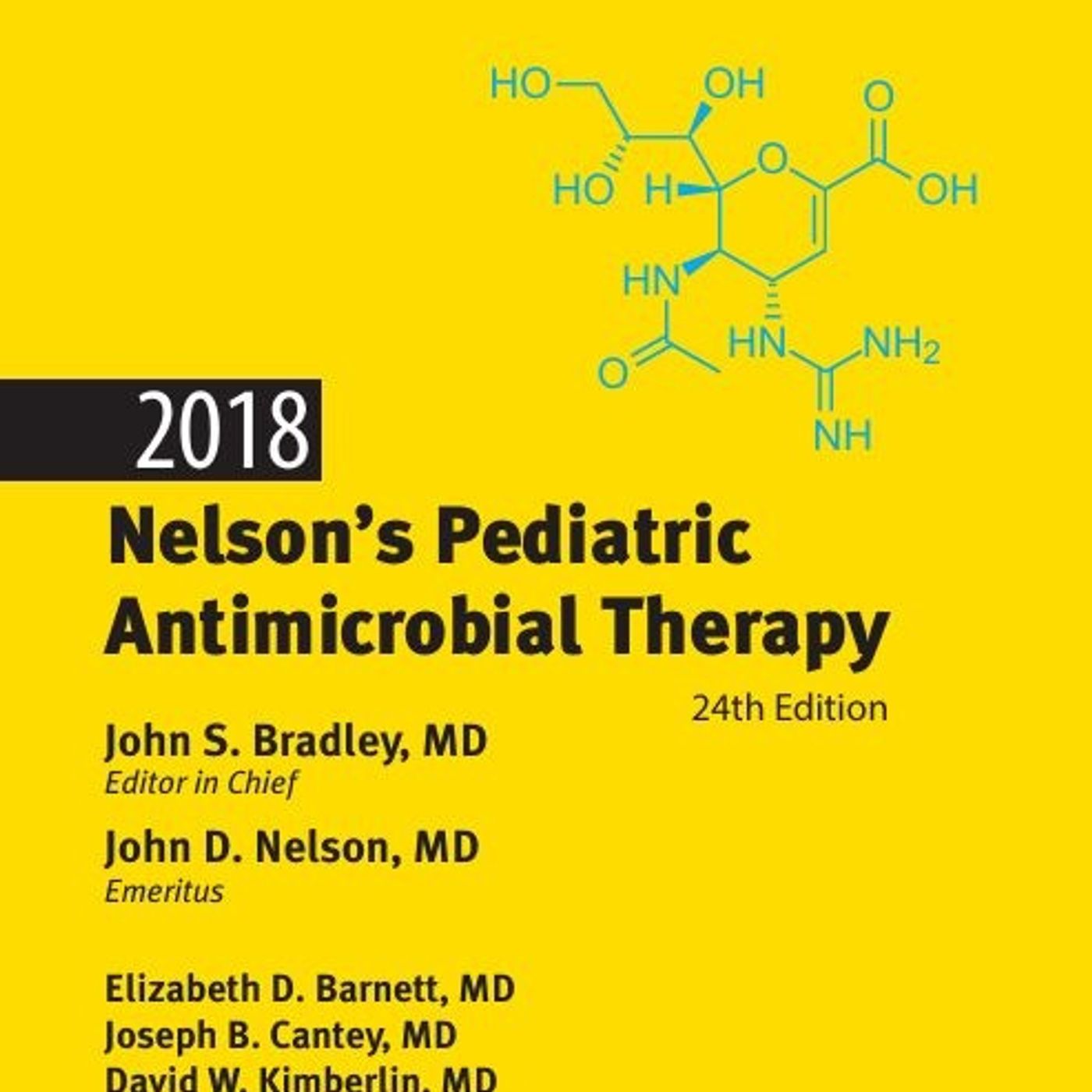
Serves as a detailed guidance for the appropriate use of anti-infective agents in children. The content focuses on specific treatment recommendations and dosages for bacterial, fungal, parasitic, and viral pathogens, organized by clinical syndromes and infectious organisms, while also covering newer antibiotics like ceftaroline and providing context on the risks and pharmacokinetics of various drug classes, such as fluoroquinolones and amphotericin B. Additionally, the text includes important information on antibiotic prophylaxis, adverse drug reactions, and cautions regarding use in specific pediatric populations like newborns and pregnant women.
Produced by:
https://www.podcaistudio...
Molecular Diagnostics: The Key in Personalized Cancer Medicine

A comprehensive overview of molecular diagnostics and their crucial role in advancing personalized cancer medicine. The texts primarily discuss the development and validation of various predictive and prognostic biomarkers, particularly focusing on immunohistochemistry (IHC) and in situ hybridization (ISH) techniques for detecting genetic alterations like HER2 overexpression and gene amplifications. Significant attention is given to the analytical and clinical validation processes required for these assays, including the challenges of assay standardization, pre-analytical variables like tissue fixation, and regulatory pathways for co-developing drugs and companion diagnostics (CDx), such as with the example of trastuzumab and HercepTest™. Finally, the sources explore cl...
Nanomedicine: Science, Business, and Impact

A comprehensive lens that integrates fundamental chemistry and biological concepts with commercial implications. The text reviews foundational topics, including quantum chemistry, genetic sequencing technologies like next-generation sequencing, and the structural composition of biological molecules, such as amino acids and DNA. Significant sections are devoted to cutting-edge medical applications, notably targeted drug delivery via nanoparticles and the mechanisms of regenerative medicine, including stem cell and gene therapies. It thoroughly maps the stages of biopharmaceutical research and development, discussing the shift toward personalized medicine and analyzing treatments for complex diseases like cancer, infectious diseases, and CNS disorders. Finally, the excerpts address...
Practical Psychopharmacology: Basic to Advanced Principles
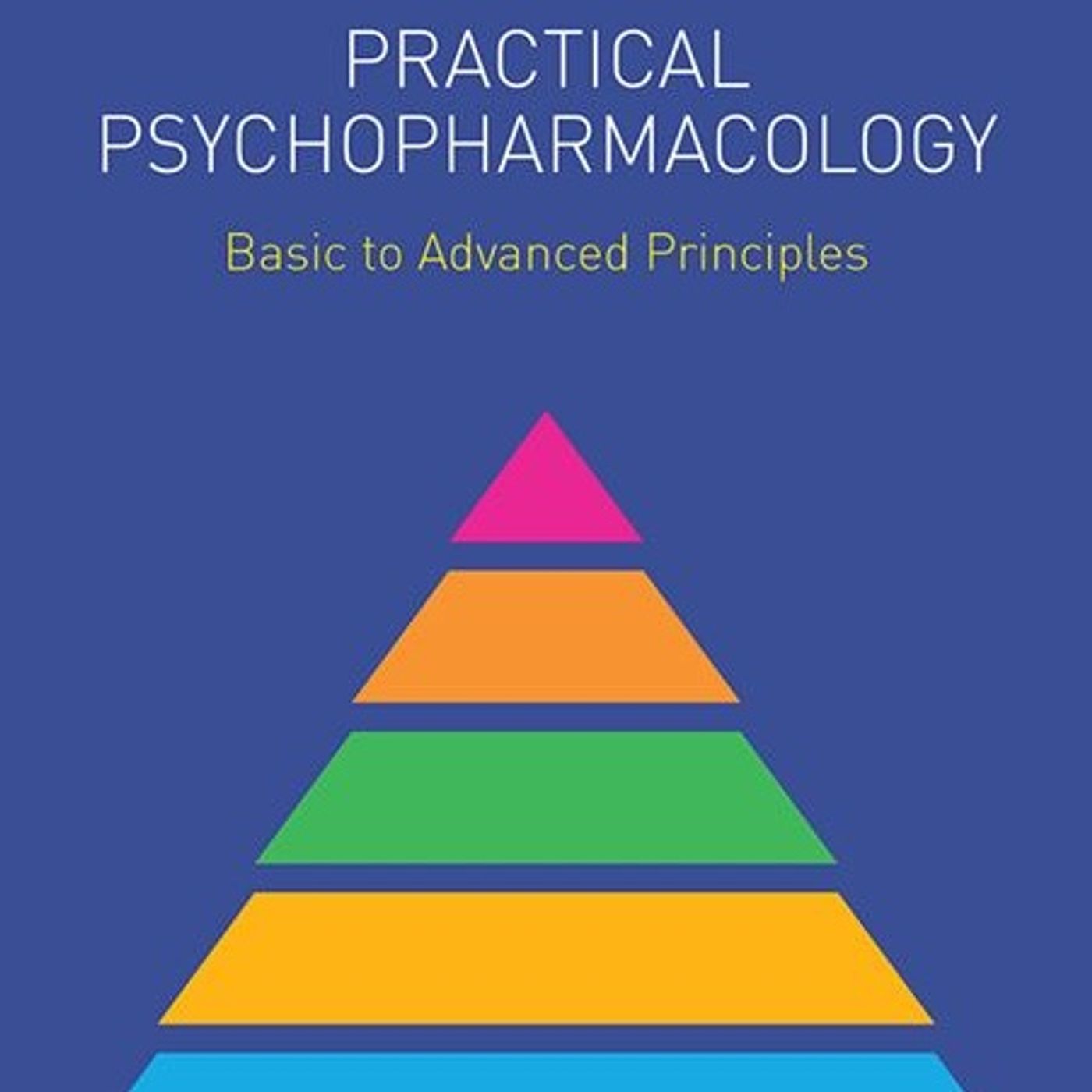
Outlines a structured, tiered approach to psychopharmacology for various DSM-5 disorders, including Adult Attention Deficit-Hyperactivity Disorder (ADHD), Anxiety Disorders, Bipolar Disorders, Borderline Personality Disorder (BPD), Depressive Disorders, Insomnia, Neurocognitive Disorders (NCD), and Schizophrenia Spectrum Disorders. Key principles emphasized across conditions include making accurate diagnoses, following FDA-approved treatment guidelines, and utilizing rating scales as a supplement to clinical interviews for measuring treatment effectiveness. Additionally, the excerpts explore the neuroscientific, genetic, and neuroanatomical rationale behind pharmacologic treatments, which often involves modulating monoamine neurotransmitters like serotonin, dopamine, and norepinephrine, and discuss both monotherapy and polypharmacy strategies for managing treatment-resistant or comorbid patients.<...
Examination Questions and Answers in Basic Anatomy and Physiology: 2400 Multiple Choice Questions
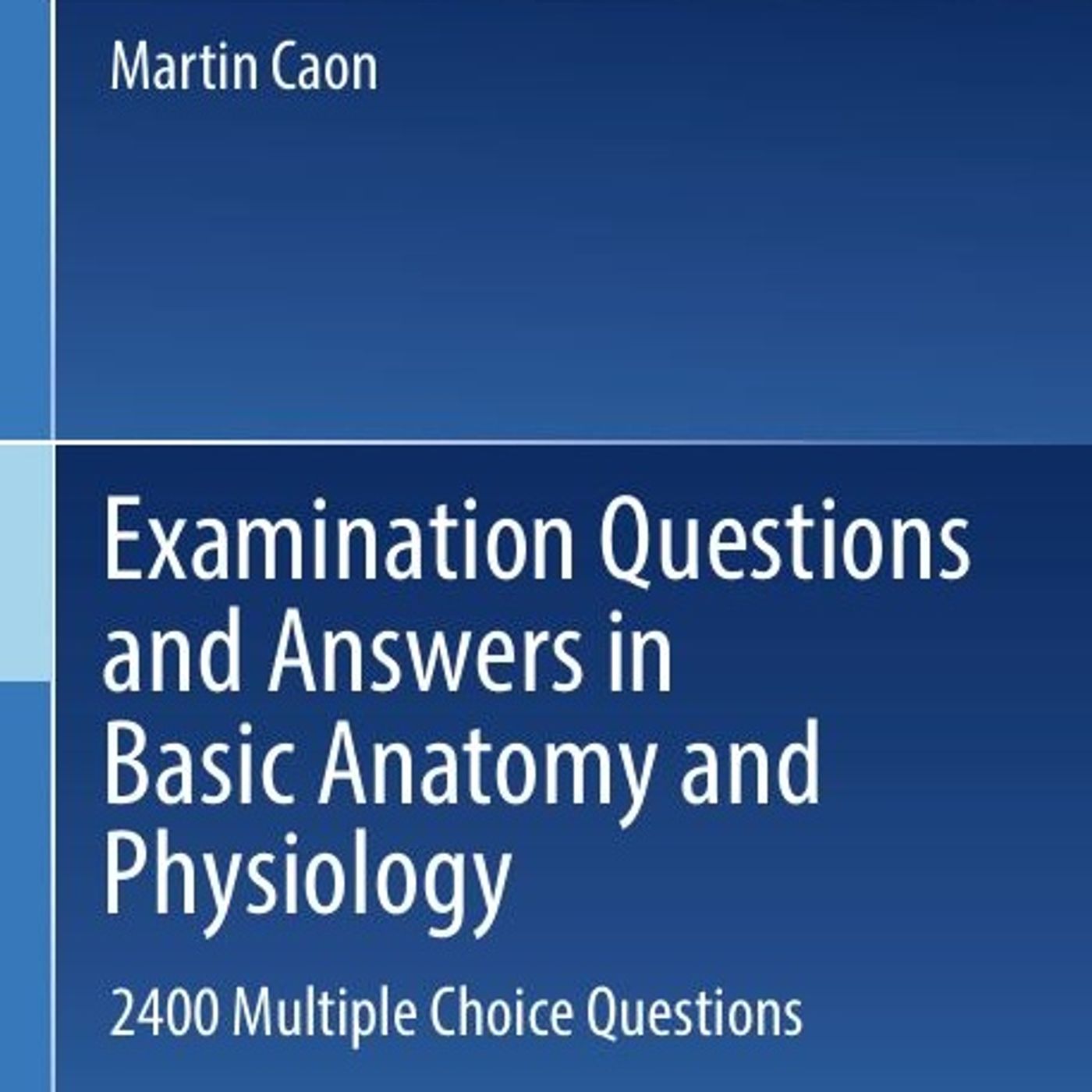
An extensive collection of examination questions and answers, primarily focused on Basic Anatomy and Physiology, alongside related physical science and chemistry topics. A significant portion of the material covers physiological systems such as the Cardiovascular System, Respiratory System, Renal System, Muscles, Gastrointestinal System, and Nervous System, using a multiple-choice format. Furthermore, the text analyzes different grading strategies for multiple-choice quizzes, discussing the fairness and impact of deducting marks for wrong or unanswered questions. Finally, it includes a list of essay topics intended for written assignments in anatomy and physiology, emphasizing the need for research into published scientific literature and...
A Short History of the Drug Receptor Concept
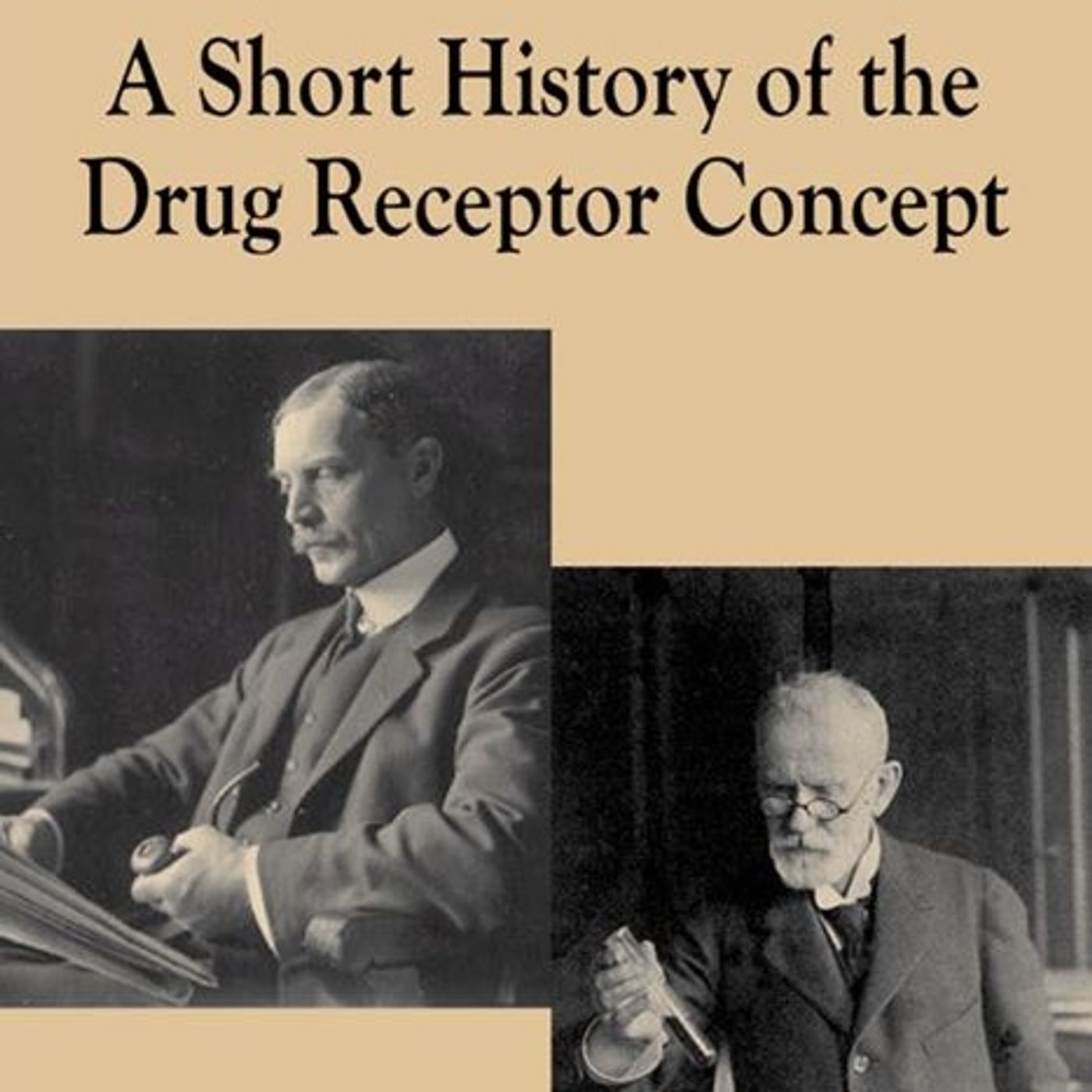
Presents a history of the drug receptor concept, specifically focusing on the scientific and cultural factors influencing its development and acceptance in pharmacology. The source details the intellectual lineage of the idea, tracing it from ancient humoral medicine to modern molecular science, and highlights the crucial contributions of pioneers like John Newport Langley and Paul Ehrlich. Significant attention is given to the quantitative arguments and experimental research that eventually established the receptor occupancy theory, as well as the alternative and competing theories, such as the physical theory of drug action and the transmitter concept. Finally, the text explores the...
Nelson Essentials of Pediatrics

Focusing on a broad spectrum of child health topics. Key areas covered include pediatric nutrition and related disorders like Failure to Thrive and various forms of malnutrition, along with essential information on infant feeding practices such as breastfeeding and formula. The text also addresses critical areas of adolescent health, including statistical data on birthrates and infant mortality, as well as psychosocial and substance abuse issues. Extensive sections are dedicated to legal and ethical issues in pediatric care, child maltreatment, genetic and metabolic disorders, infectious diseases and immunization schedules, and the management of acute conditions like shock, trauma, and poisoning...
Emergency Care of Minor Trauma in Children
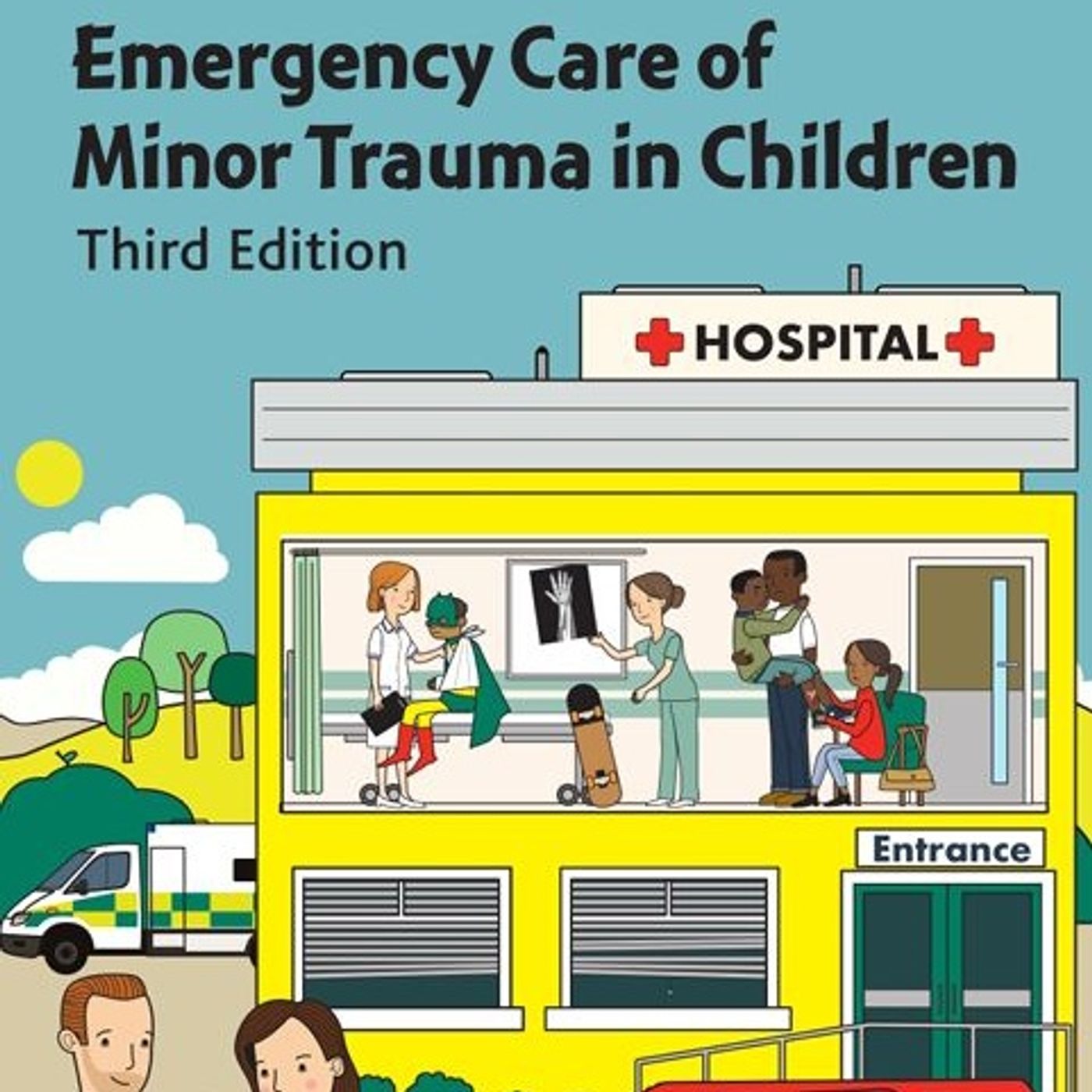
Serves as a practical guide for medical professionals managing common pediatric minor injuries in various urgent care settings. Key topics covered include a detailed focus on pain assessment and treatment in children, general principles for managing wounds, fractures, and soft tissue injuries, and specific chapters dedicated to trauma in areas like the head, spine, and upper and lower limbs. Additionally, the source extensively discusses critical issues such as the detection and reporting of non-accidental injury and techniques for procedural sedation and foreign body removal.
Produced by:
https://www.podcaistudio.com/
Wintrobe’s Atlas of Clinical Hematology
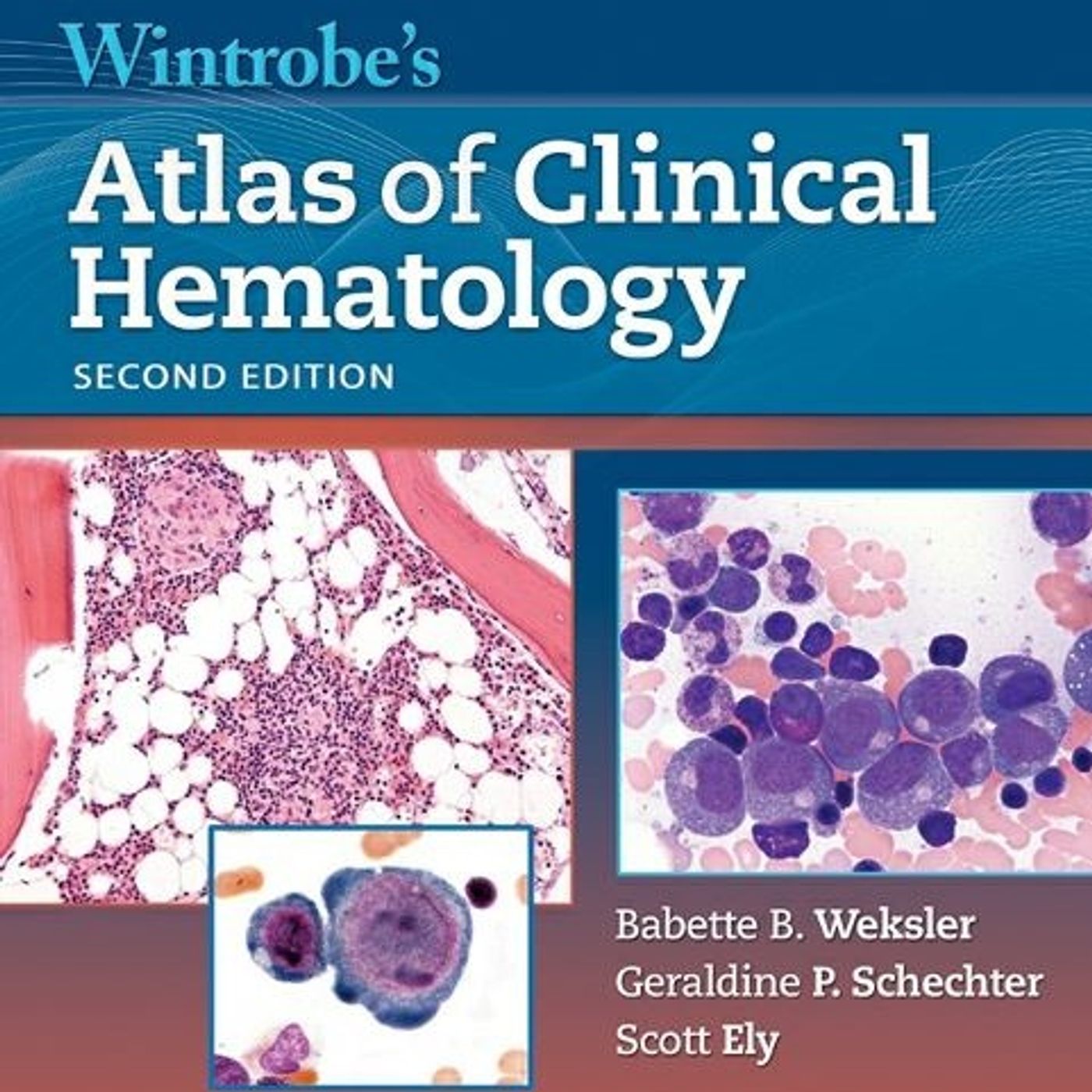
Explain techniques like microscopic evaluation of blood and bone marrow samples, the application of multiparameter flow cytometry (MFC) for diagnosing neoplasms such as leukemias and lymphomas, and specialized methods like multiplex immunohistochemistry (mIHC) and Fluorescent In Situ Hybridization (FISH). Furthermore, the content offers extensive coverage of specific conditions, including anemias (e.g., iron deficiency and sideroblastic anemia), myeloproliferative neoplasms (MPNs), and plasma cell disorders (e.g., multiple myeloma and amyloidosis), often integrating molecular and genetic findings with clinical presentation.
Produced by:
https://www.podcaistudio.com/
Essentials of Human Anatomy & Physiology

A comprehensive anatomy and physiology textbook intended for students and healthcare professionals, such as pharmacy technicians and physical therapy assistants. It presents the Essentials of Human Anatomy and Physiology, covering fundamental topics like basic chemistry, cells and tissues, and all major organ systems, including the skeletal, muscular, nervous, cardiovascular, respiratory, digestive, urinary, and reproductive systems. The text features detailed content on body defenses and immunity, alongside pedagogical tools like chapter outlines, learning objectives, critical thinking questions, review sections, and supplementary digital resources for enhanced learning and practice.
Produced by:
https://www.podcaistudio...
Physiology
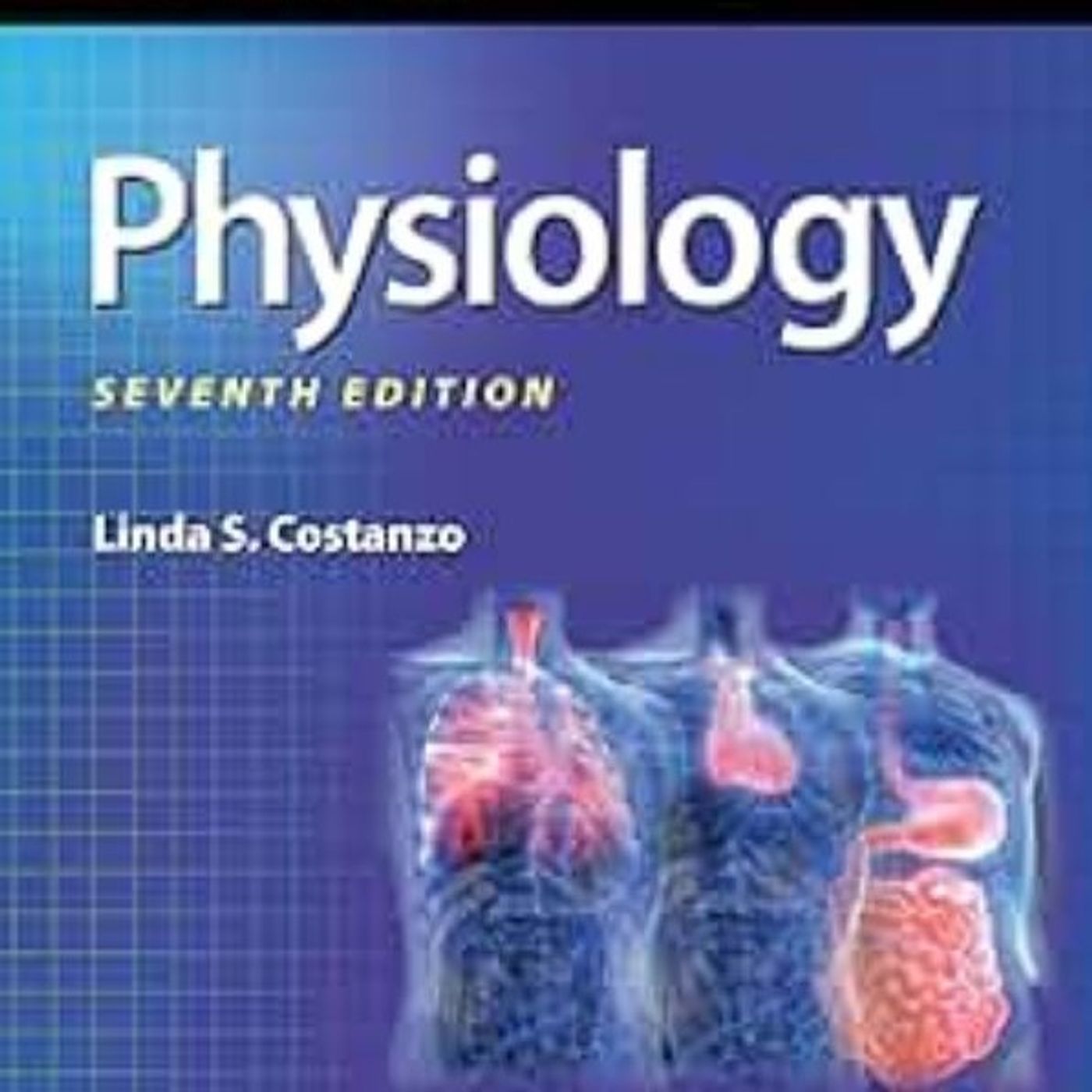
A comprehensive medical physiology review book, specifically identified as a board review series aimed at students preparing for the USMLE Step 1. The content is organized by organ system (such as cell physiology, neurophysiology, cardiovascular, renal, and endocrinology) and focuses on presenting key principles, clinical correlations, and difficult concepts in a concise, structured manner. It includes detailed sections on topics like membrane transport, action potentials, fluid dynamics (Starling forces), and hormone mechanisms, utilizing numerous figures, tables, and multiple-choice questions with explanations to aid in study and retention. The preface clarifies the book is intended as an adjunct resource rather than...
Valvular Heart Disease
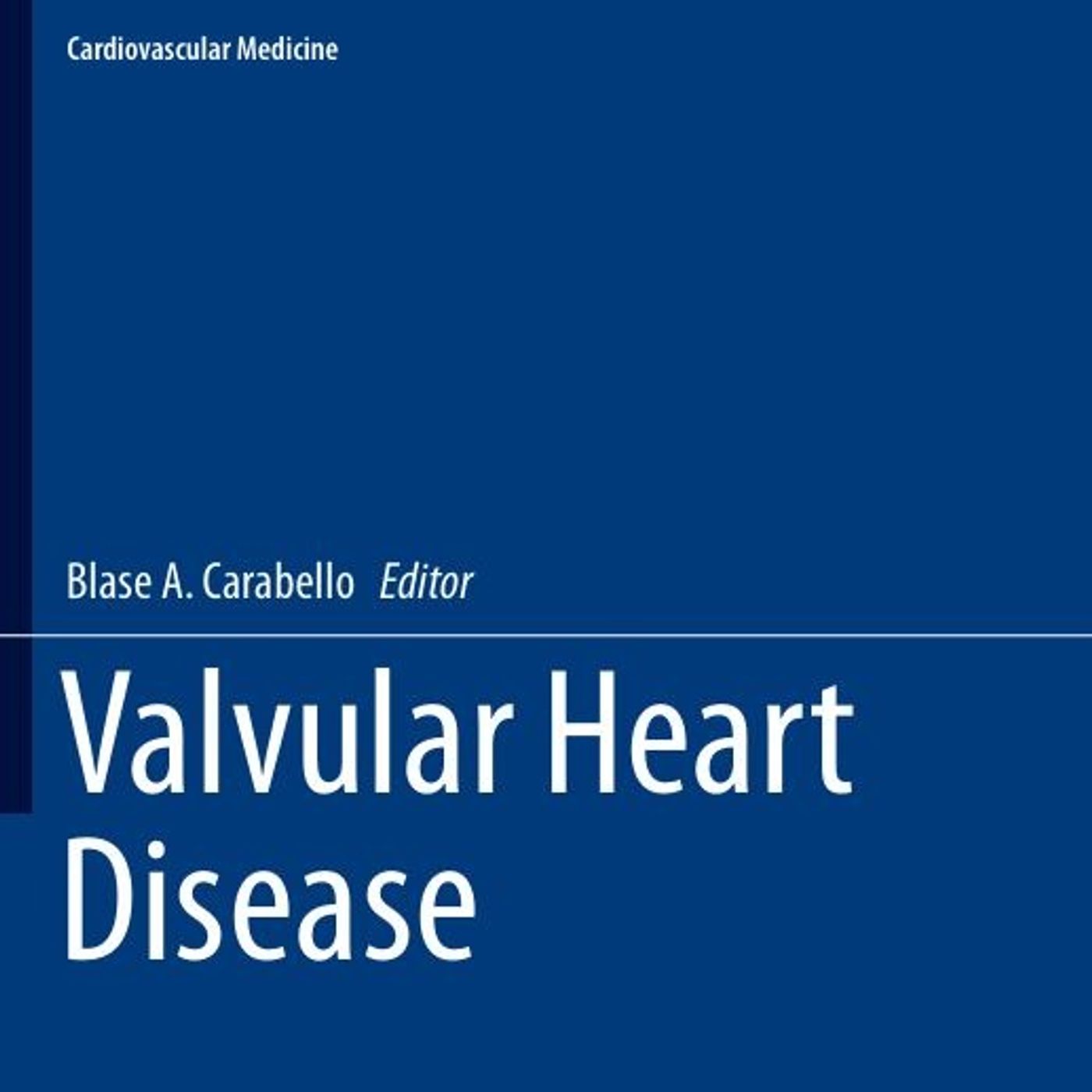
Focusing on various forms of valvular heart disease (VHD), detailing their pathological anatomy and clinical management. The documents meticulously cover the etiology, diagnosis, and treatment of specific conditions like acute rheumatic fever (ARF), infective endocarditis (IE), and specific valve lesions such as aortic stenosis (AS) and mitral regurgitation (MR). Significant attention is given to surgical and innovative transcatheter therapies, including Transcatheter Aortic Valve Replacement (TAVR) and developing approaches for mitral valve repair and replacement. Furthermore, the text addresses cardiac complications associated with systemic diseases (like lupus) and provides guidance on the management of VHD in unique patient populations, such...
Topographical and Pathotopographical Medical Atlas of the Chest, Abdomen, Lumbar Region, and Retroperitoneal
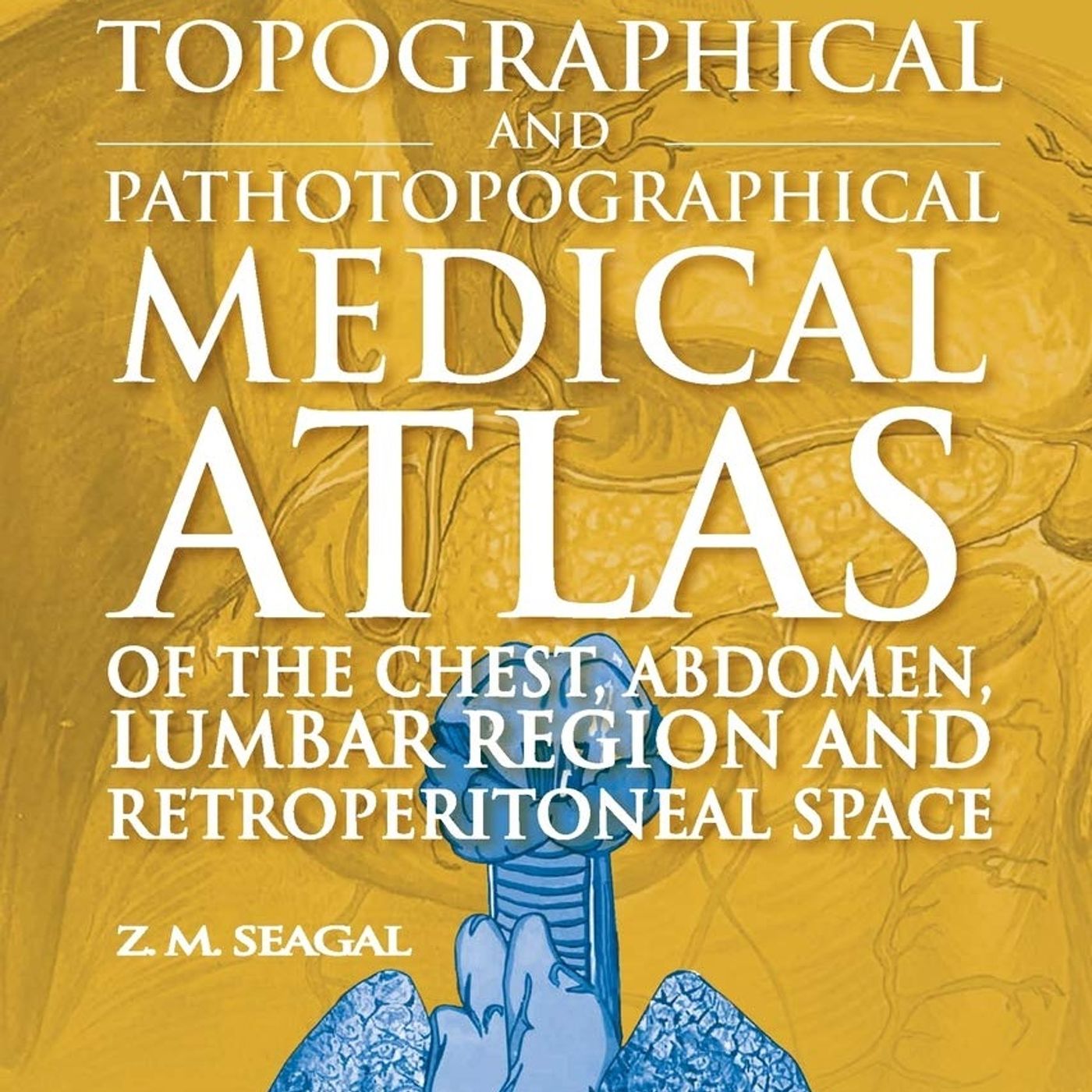
Offers a systematic anatomical and pathological overview of these major human body regions, including discussions on layered topography, vascular and neural bundles, and congenital malformations. The atlas is segmented into sections covering the chest, abdomen, and lumbar/retroperitoneal space, with a significant portion dedicated to the pathotopography of various diseases like cancers, cysts, adenomas, and inflammatory conditions. Intended for a professional audience, including medical students, residents, and surgeons, the text features anatomical descriptions alongside references to imaging techniques like MRI, CT, and ultrasound. Overall, the source is a comprehensive reference work focusing on the location and spatial relationships of...
CPR, AED and First Aid
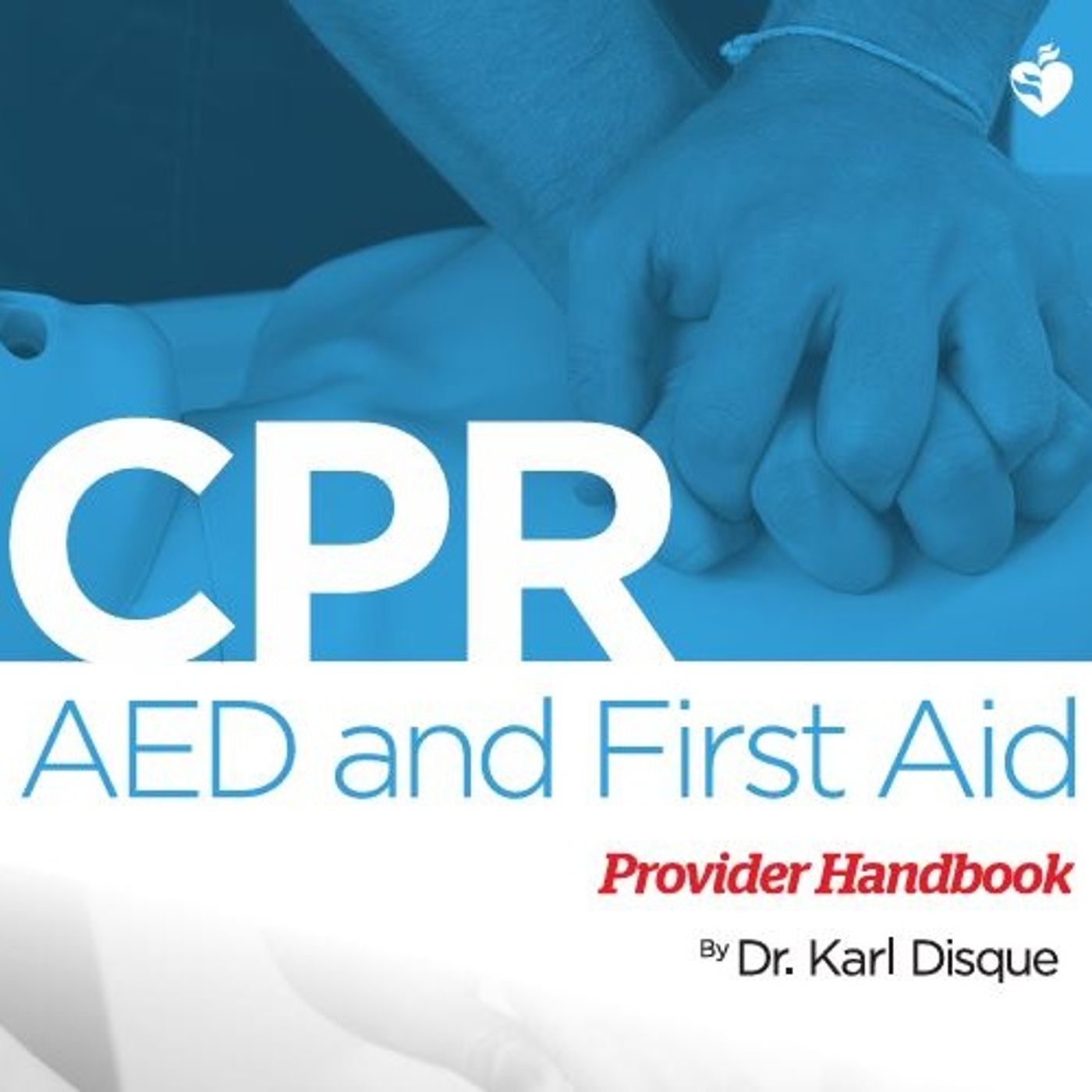
An educational service and not a substitute for professional medical judgment. The content is organized by a Table of Contents and covers a wide spectrum of emergency response topics, including First Aid Basics, care for various Medical Problems and Traumatic Injuries, and response protocols for Environmental Injuries and Illnesses. A significant portion of the text is dedicated to detailed instructions for Adult, Child, and Infant CPR, AED, and Choking relief, employing a question-and-answer format for self-assessment after each major section. Finally, it mentions supplementary Additional Tools, specifically digital applications named MediCode and CertAlert+, designed to assist emergency providers with...
BLS: Basic Life Support
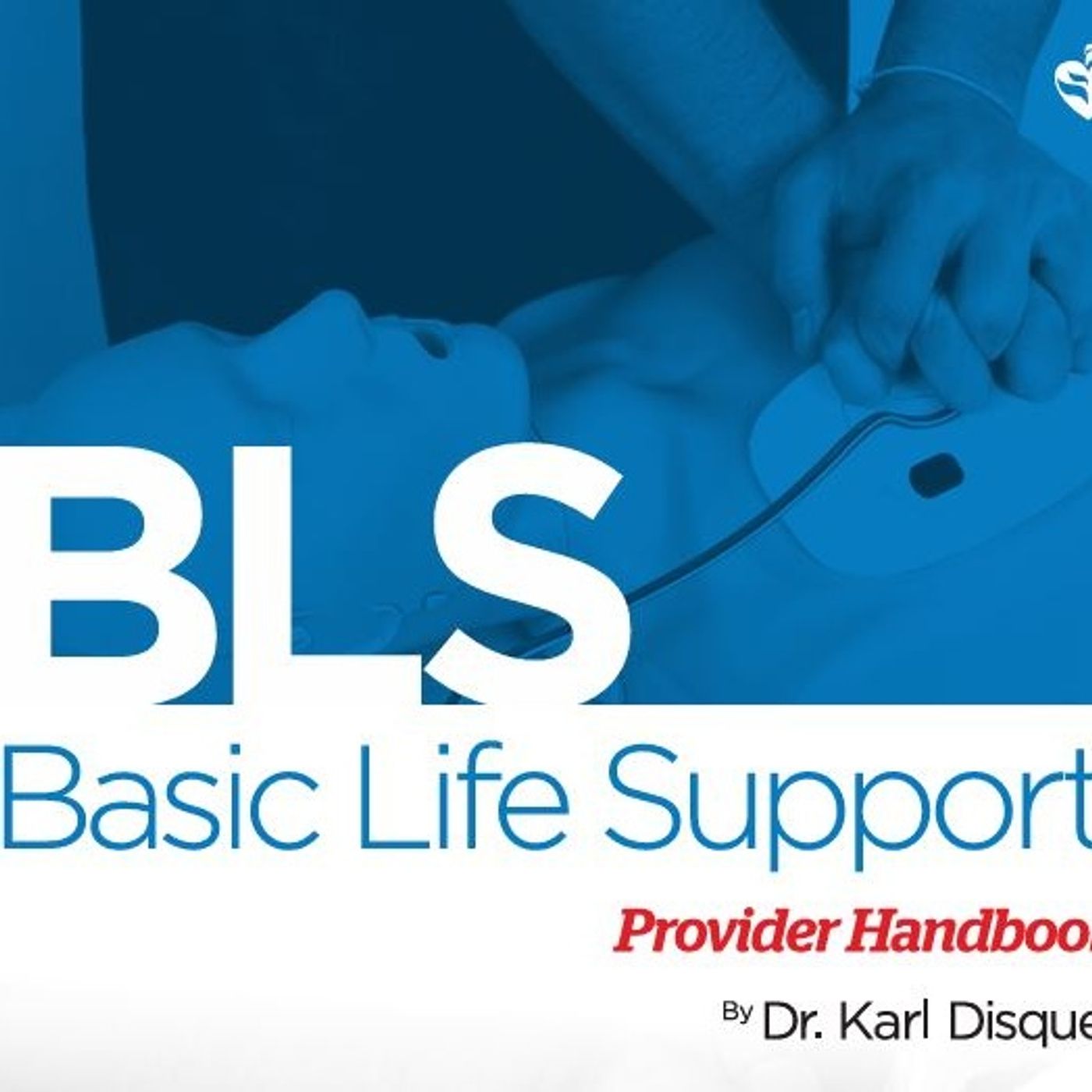
A Basic Life Support (BLS) Provider Handbook, which outlines guidelines and procedures for emergency life-saving techniques. It provides an extensive table of contents and initial chapters detailing General Concepts of BLS for adults, children, and infants, emphasizing the importance of the Chain of Survival. A significant portion of the material covers the updated 2015 BLS Guideline Changes from the American Heart Association (AHA), including the shift to the C-A-B (Compressions, Airway, Breathing) sequence and specifics on high-quality CPR compressions and ratios. Furthermore, the source explains the proper use of an Automated External Defibrillator (AED), methods for Airway Management, and protocols...
ACLS: Advanced Cardiac Life Support

Emphasizes that ACLS protocols are evidence-based, focusing on achieving the best outcomes during life-threatening events, and are built upon the foundation of Basic Life Support (BLS). A significant portion of the material is dedicated to detailed algorithms, essential steps, and techniques for managing cardiac emergencies, including topics like high-quality Cardiopulmonary Resuscitation (CPR), early defibrillation, and appropriate use of pharmacological tools and advanced airway management. Furthermore, the source outlines crucial Systems of Care for scenarios such as cardiac arrest, acute coronary syndrome (ACS), and acute stroke, stressing the importance of team dynamics and adherence to time-sensitive treatment goals set by...
Basic Medical Microbiology
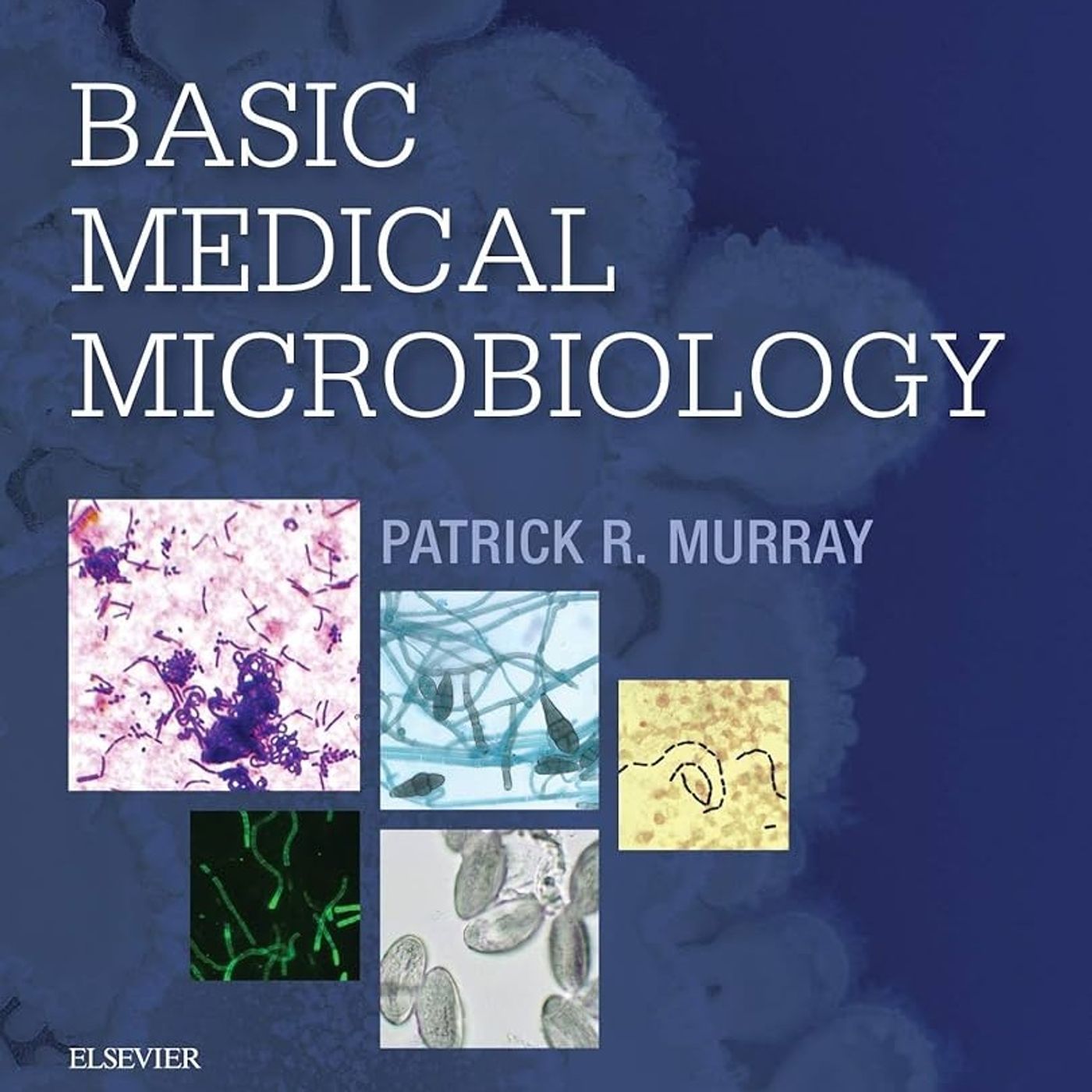
Covers the foundational aspects of medically relevant microbes. The content focuses on bacteria, viruses, fungi, and parasites, organizing them primarily by their taxonomic classifications (e.g., Gram stain characteristics for bacteria, nucleic acid type for viruses) and discussing their role in disease, clinical presentations, diagnosis, and treatment. The material includes detailed outlines of microbial groups (like Aerobic Gram-Positive Cocci and Gastrointestinal Viruses), interesting facts, and clinical case studies to illustrate the practical application of the microbiological principles.
Produced by:
https://www.podcaistudio.com/
PALS: Pediatric Advanced Life Support
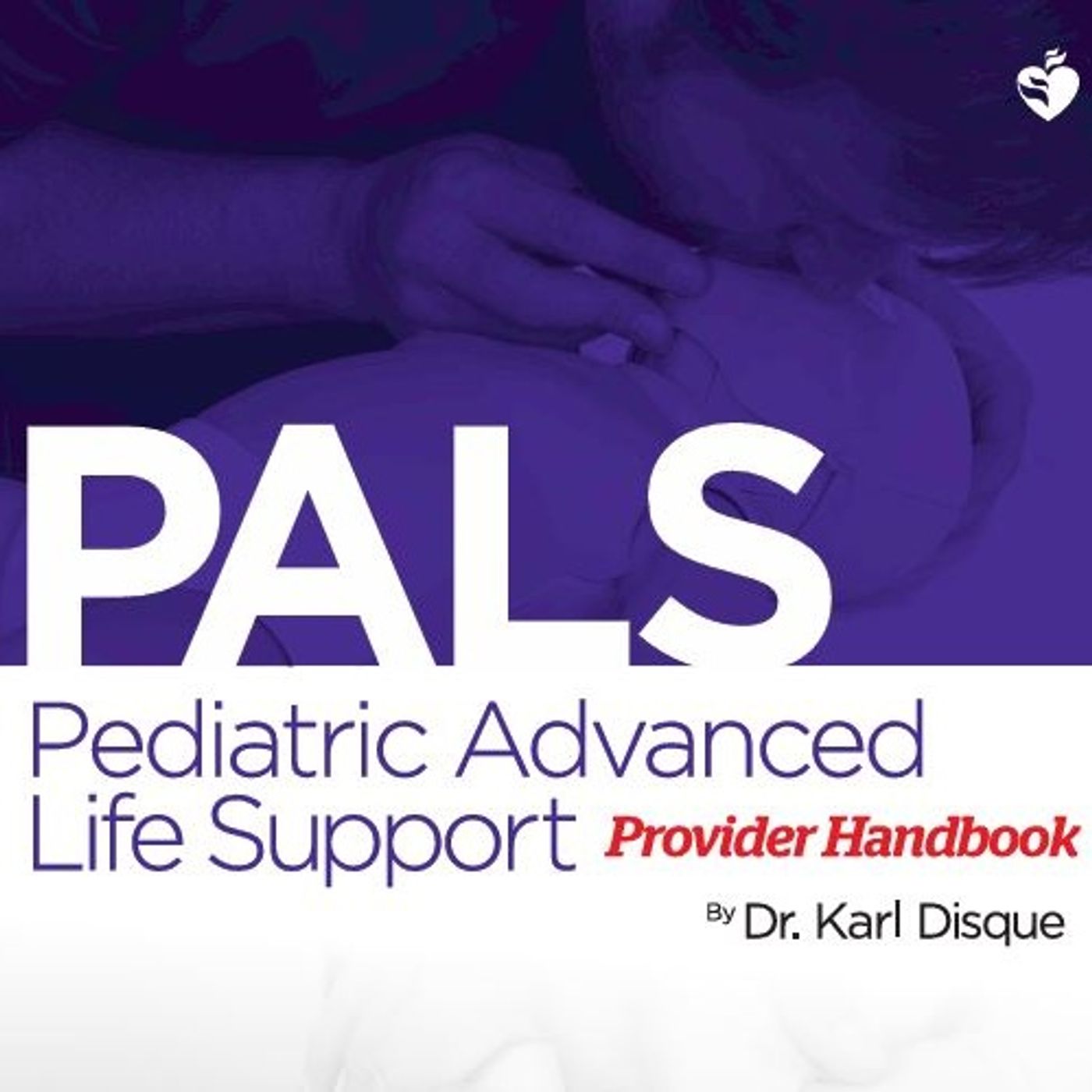
A comprehensive guide for Pediatric Advanced Life Support (PALS), including protocols for emergency response in infants and children. It outlines the systematic PALS approach, starting with initial diagnosis and treatment using the ABCDE method, and moving to a secondary, more thorough assessment. The material details various life-threatening clinical situations such as Basic Life Support (BLS), respiratory distress/failure, bradycardia, tachycardia, shock, and cardiac arrest, offering specific recognition criteria and response algorithms. Crucially, the source also covers necessary resuscitation tools, including medical devices like intubation equipment and Automated External Defibrillators (AEDs), along with a summary of common pharmacological agents and...
Emergency Medicine

Focused on the diagnosis and management of various emergencies encountered in the acute care setting. It covers a vast spectrum of conditions, ranging from resuscitation protocols and trauma management—including head, chest, and abdominal injuries—to specific medical, surgical, and pediatric emergencies. The text emphasizes professional judgment and the necessity of independent verification for dosages and procedures, given the rapid advancements in medical science, explicitly stating that the information is supplementary for healthcare professionals. Furthermore, the content includes copyright disclaimers, publication details, and dedications, alongside detailed clinical sections on topics like shock classification, cardiac arrhythmias, infectious diseases, and toxicology.
Comprehensive Board Examinations: Otolaryngology, Head And Neck Surgery

A high-yield review for specialty board exams, notably featuring sections on Highlight information, OSCE, SLIDES, and MCQs. The book is structured into four main chapters covering the Ear, Nose, Throat, and Head and Neck, systematically presenting essential and advanced clinical information, including anatomy, pathology, diagnosis, and management options. Contributors are also listed, emphasizing the collaborative nature of the educational resource. The source material features numerous example questions and summarized medical facts across all subspecialties of Otolaryngology-Head and Neck Surgery.
Produced by:
https://www.podcaistudio.com/
